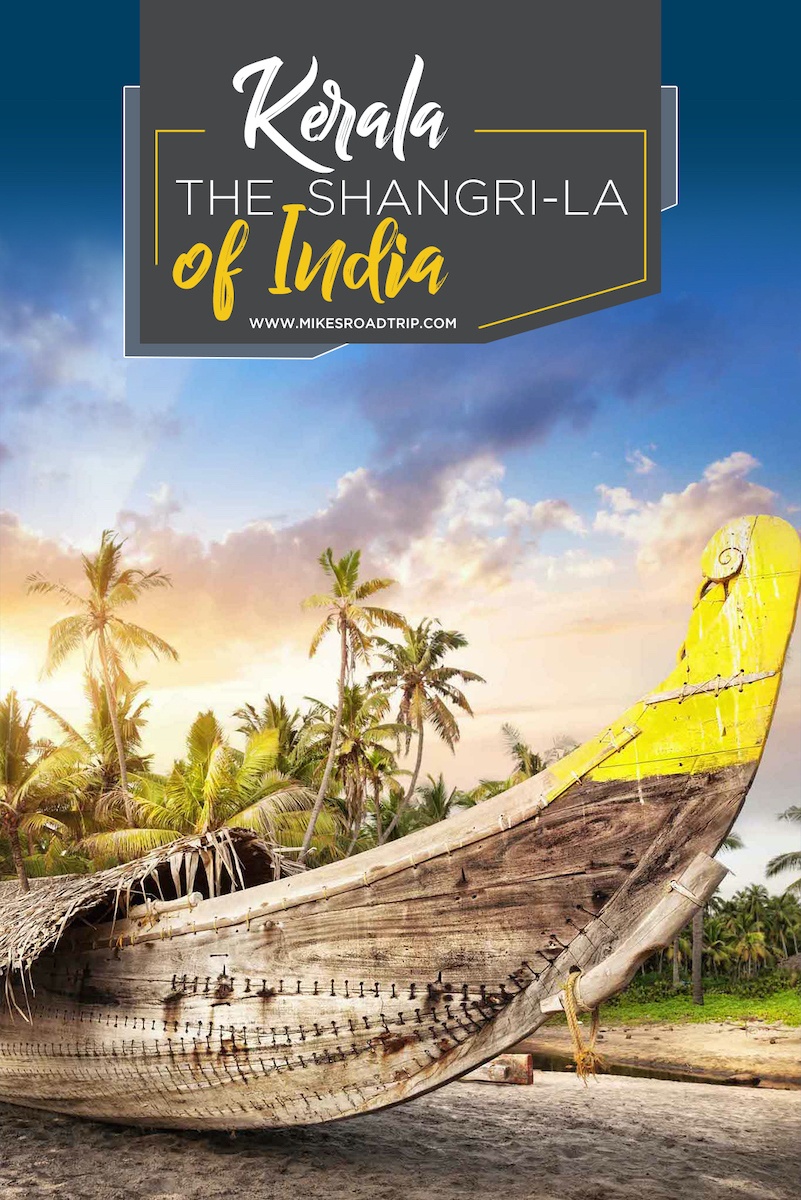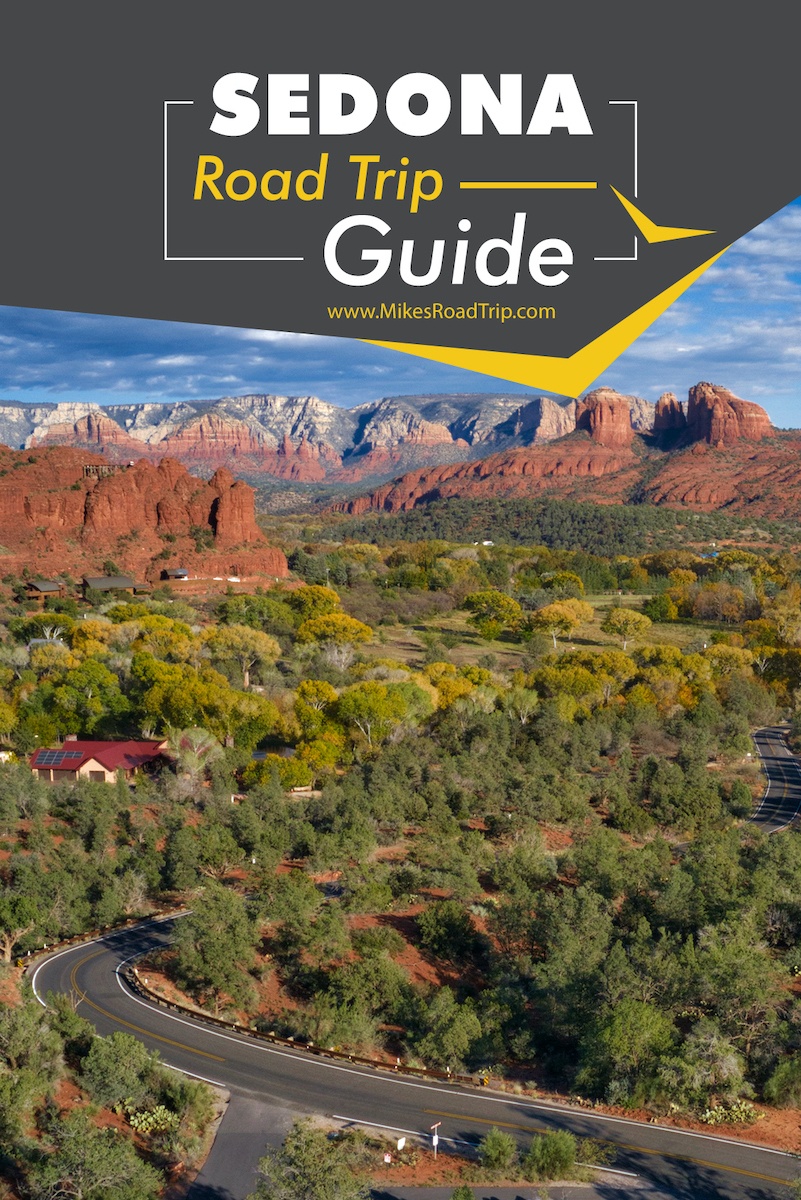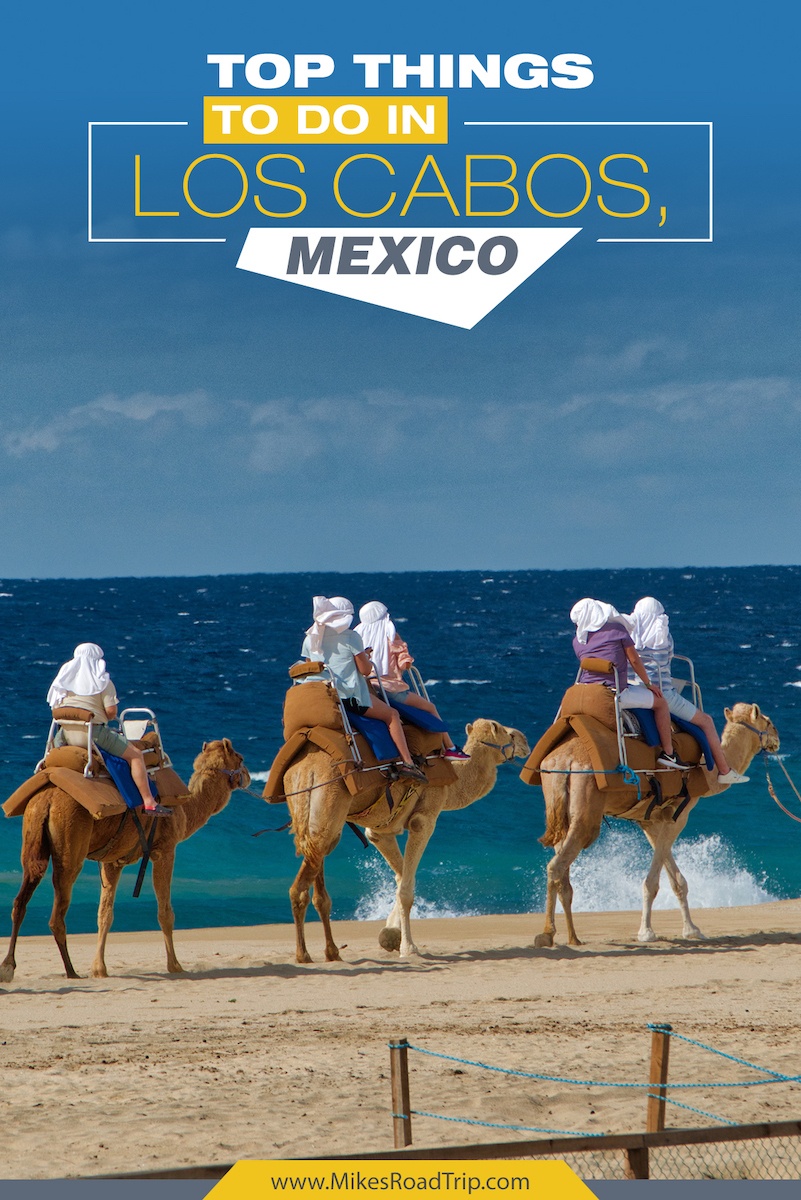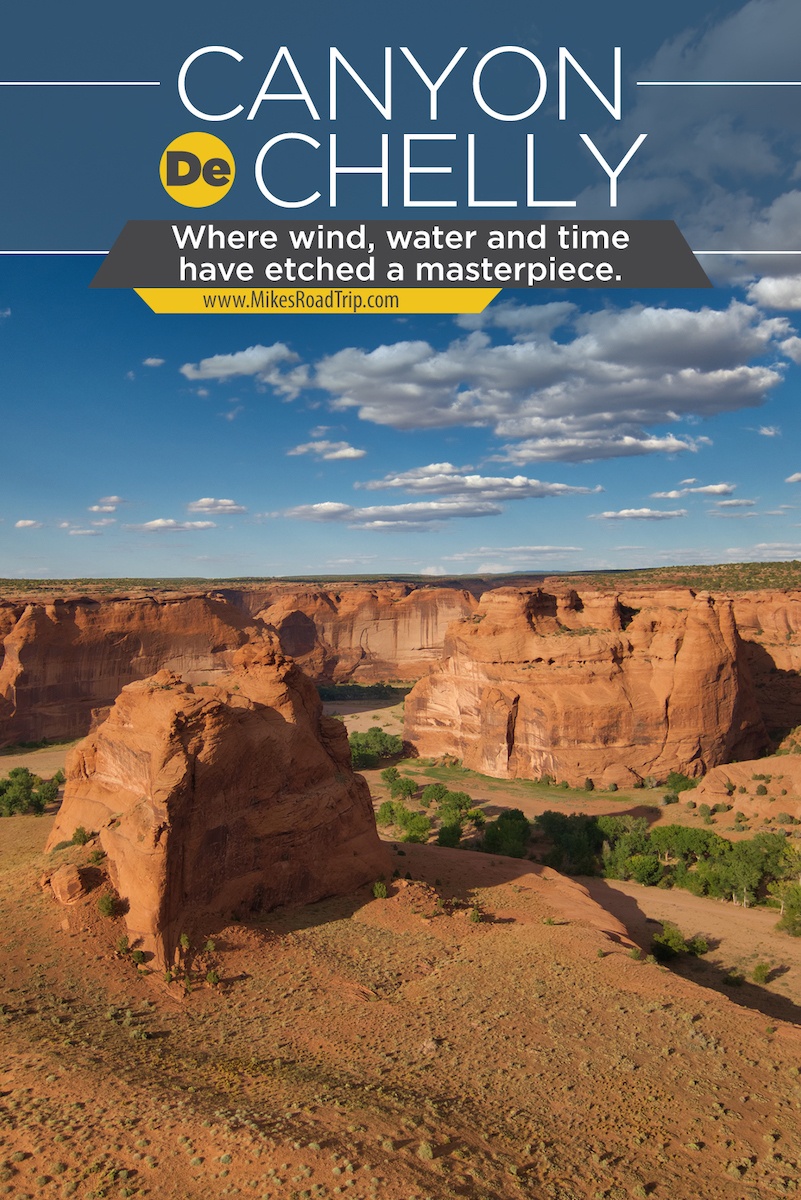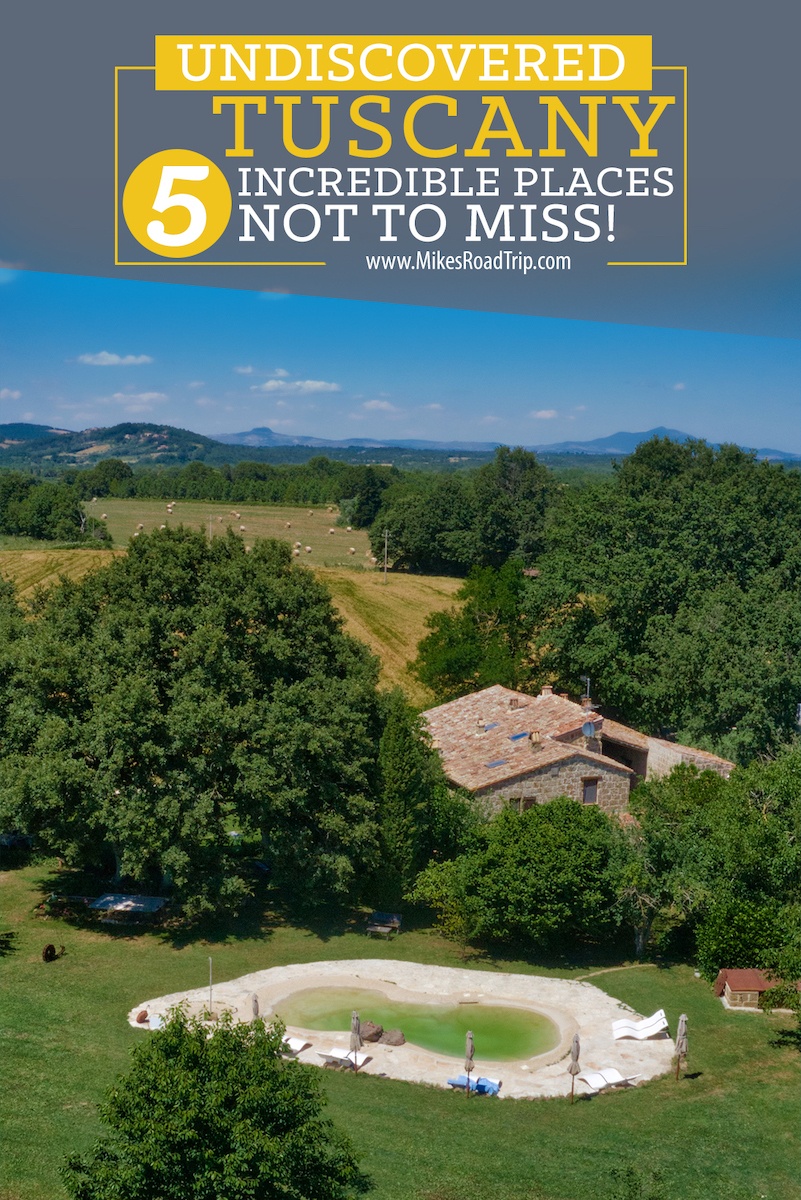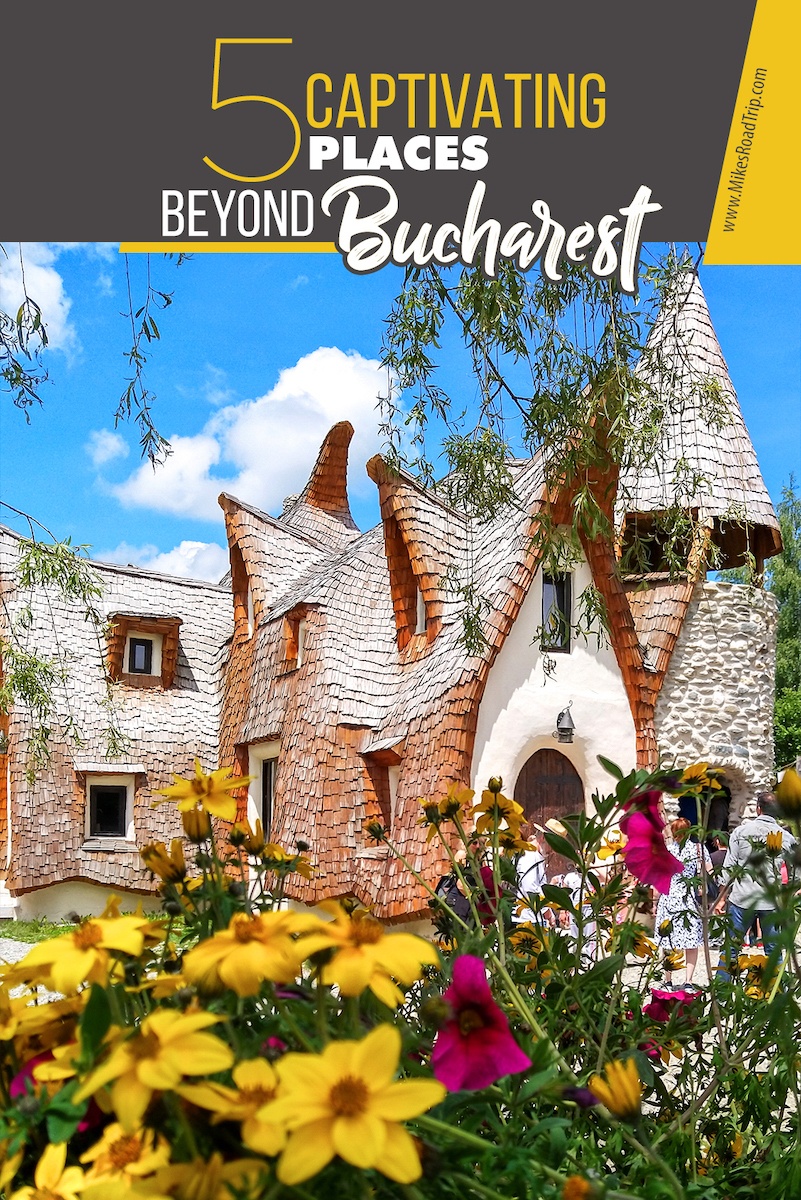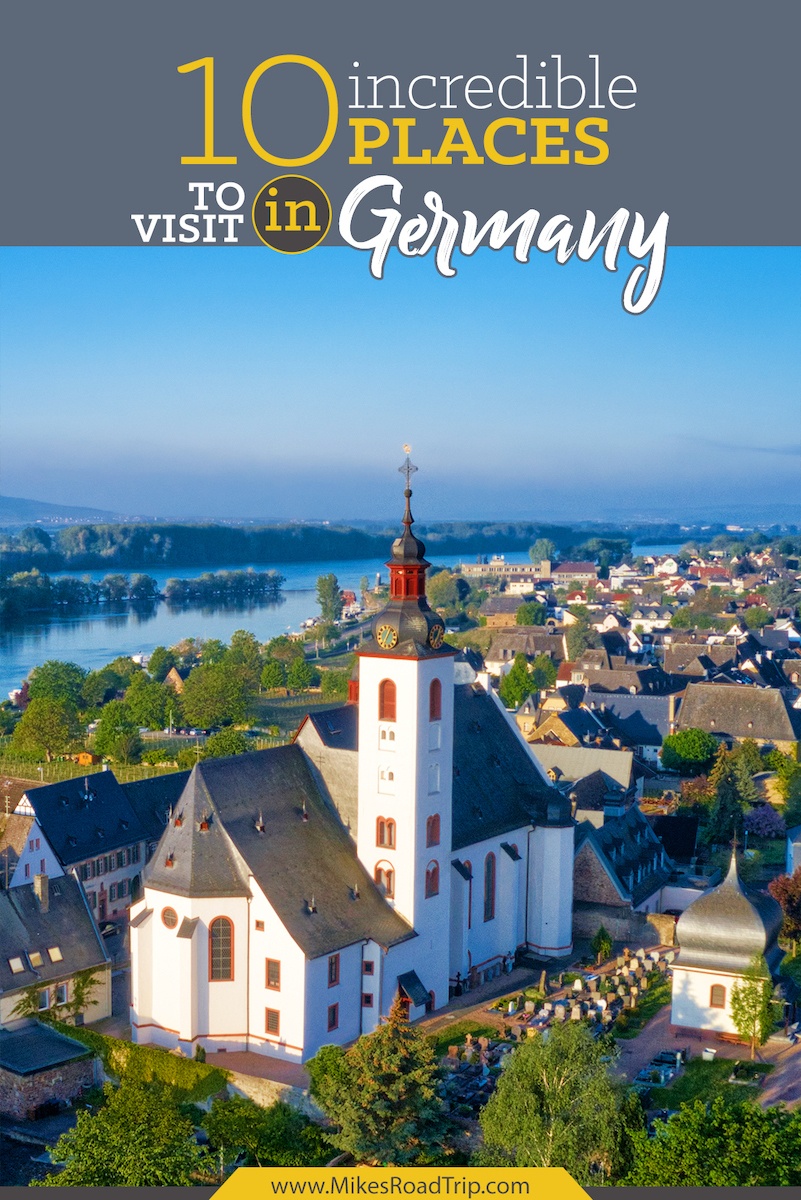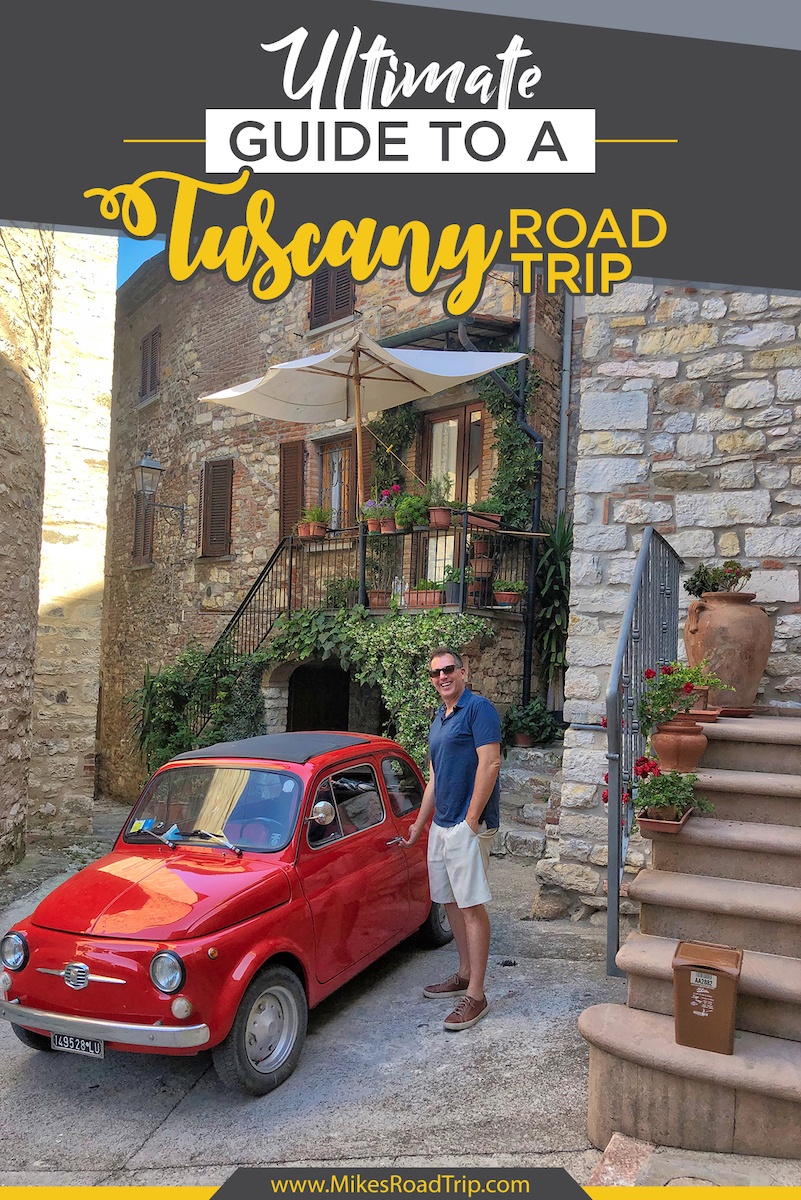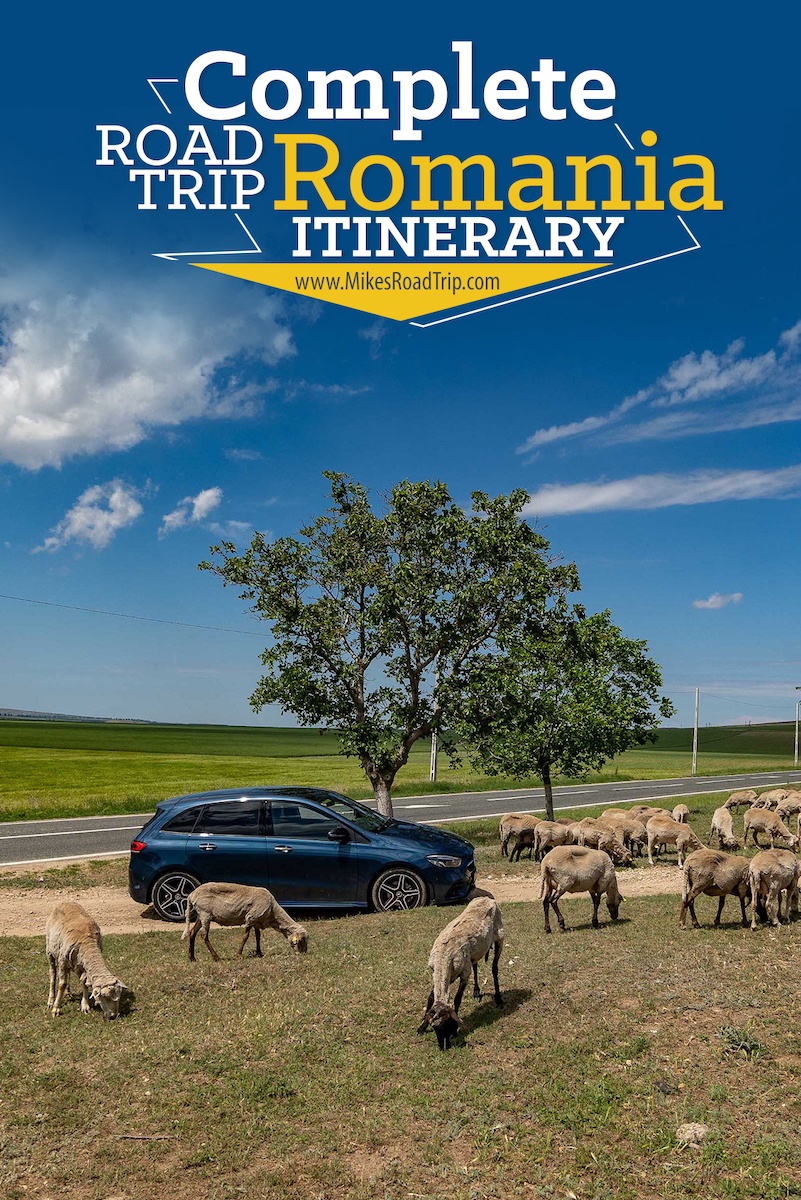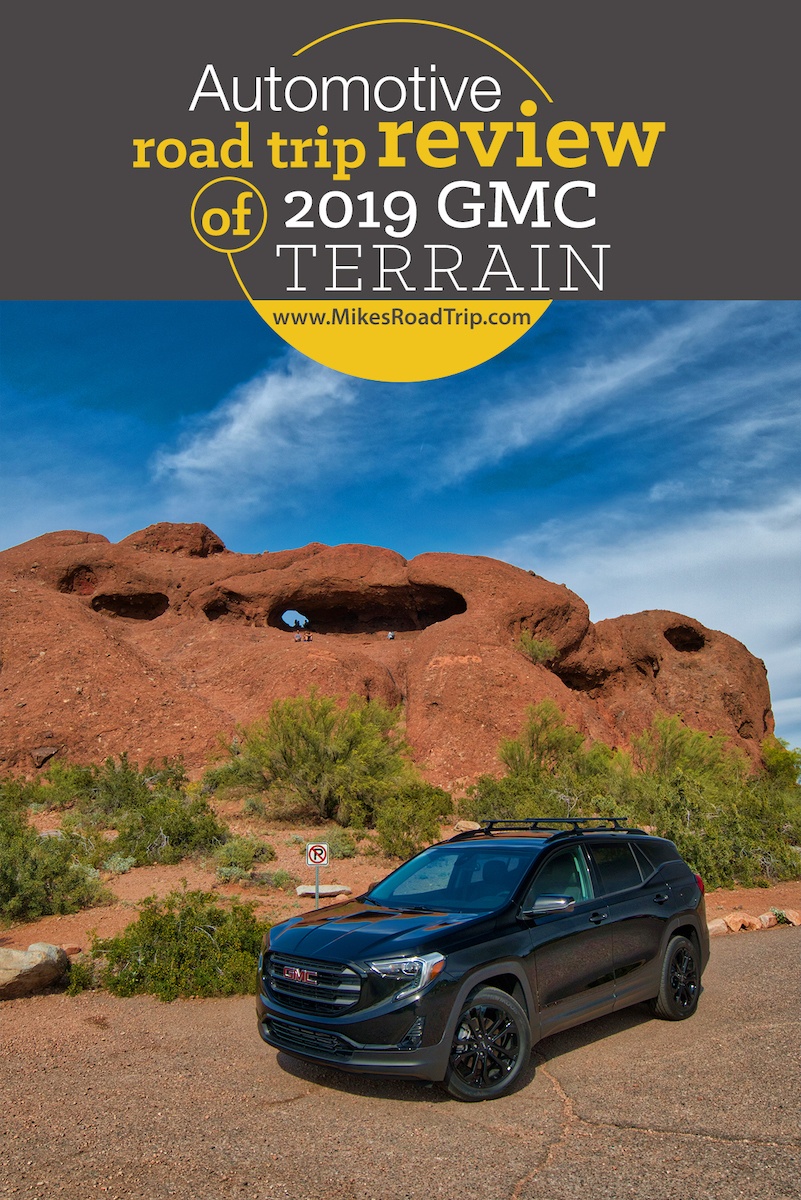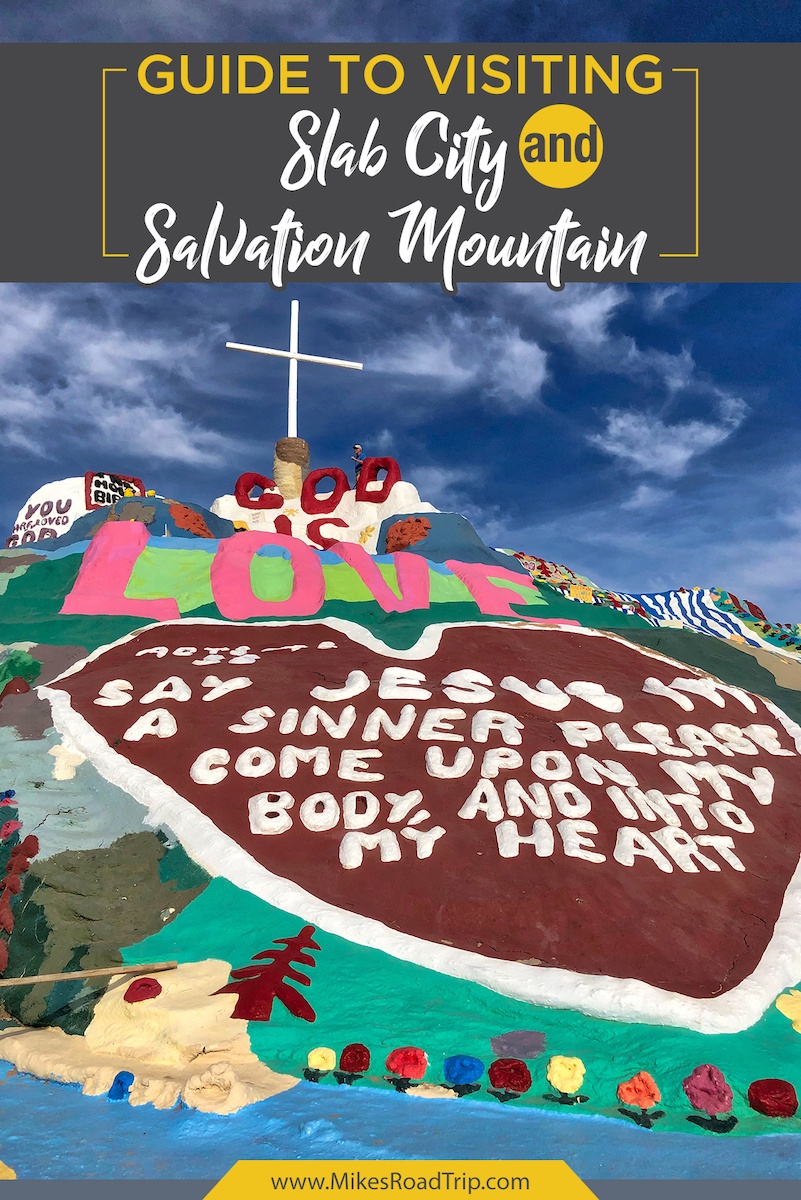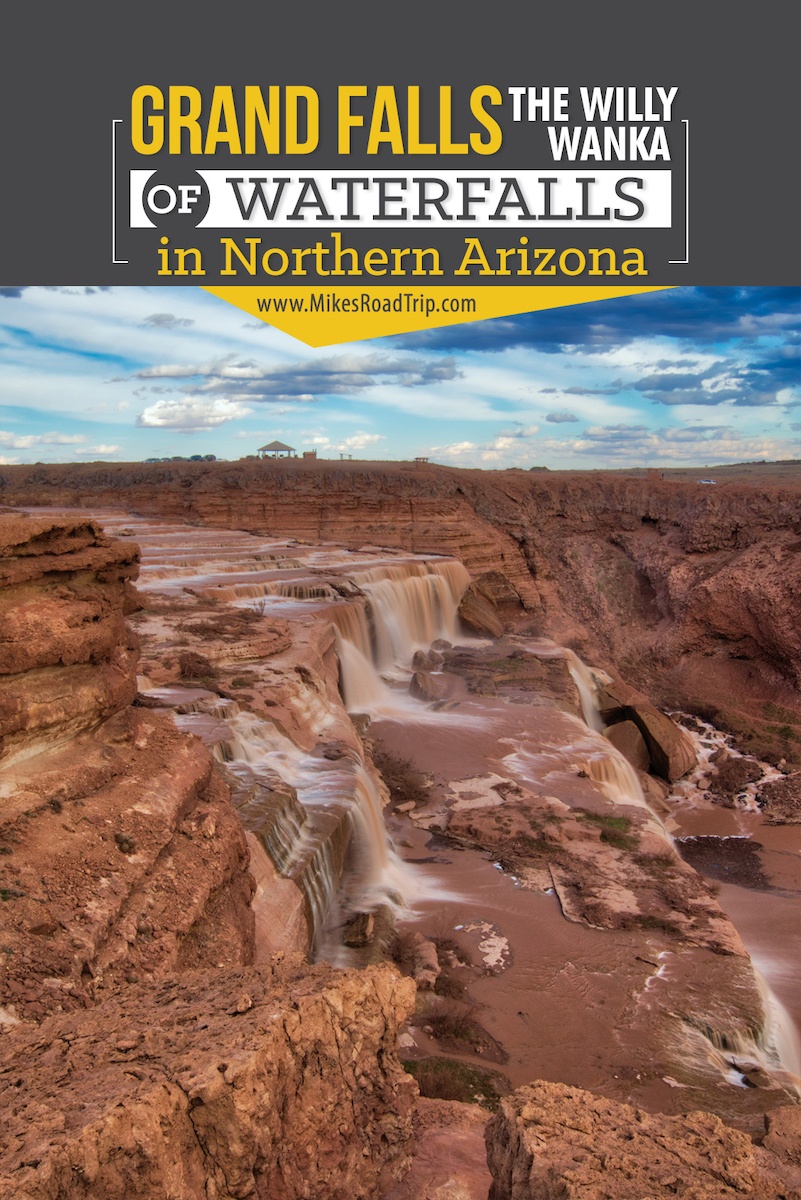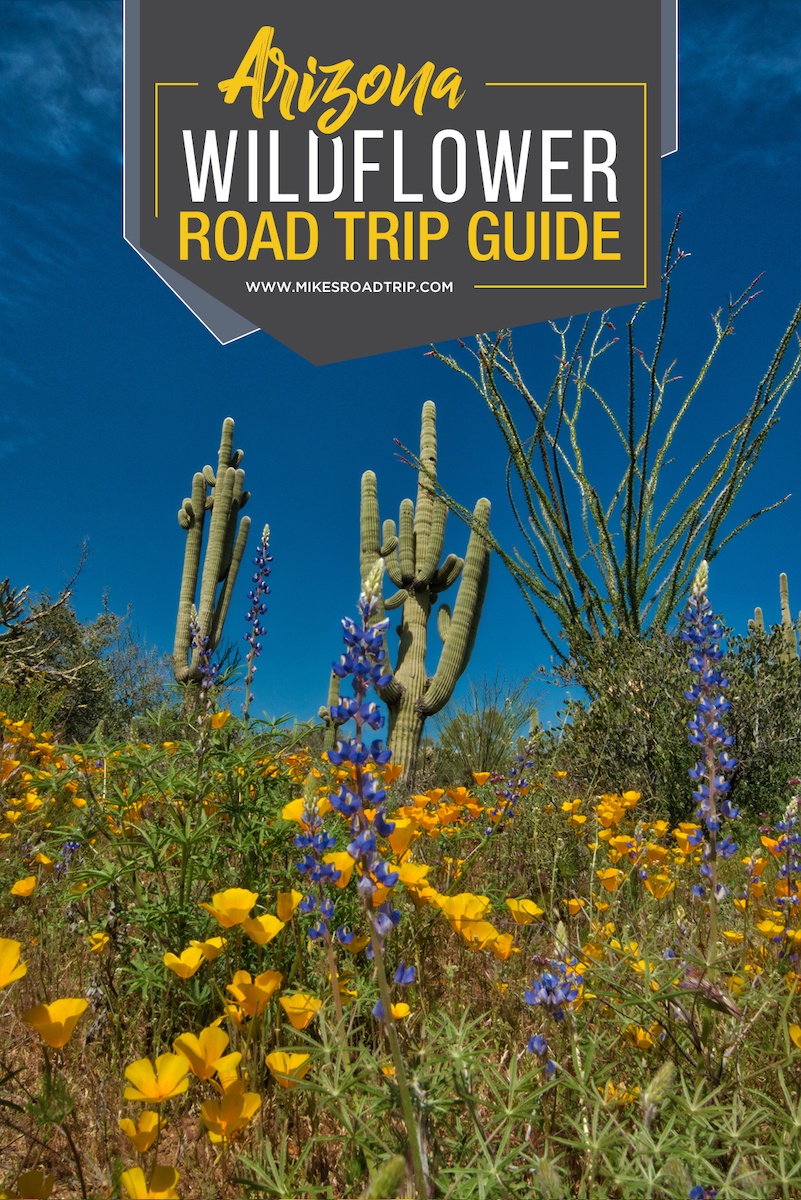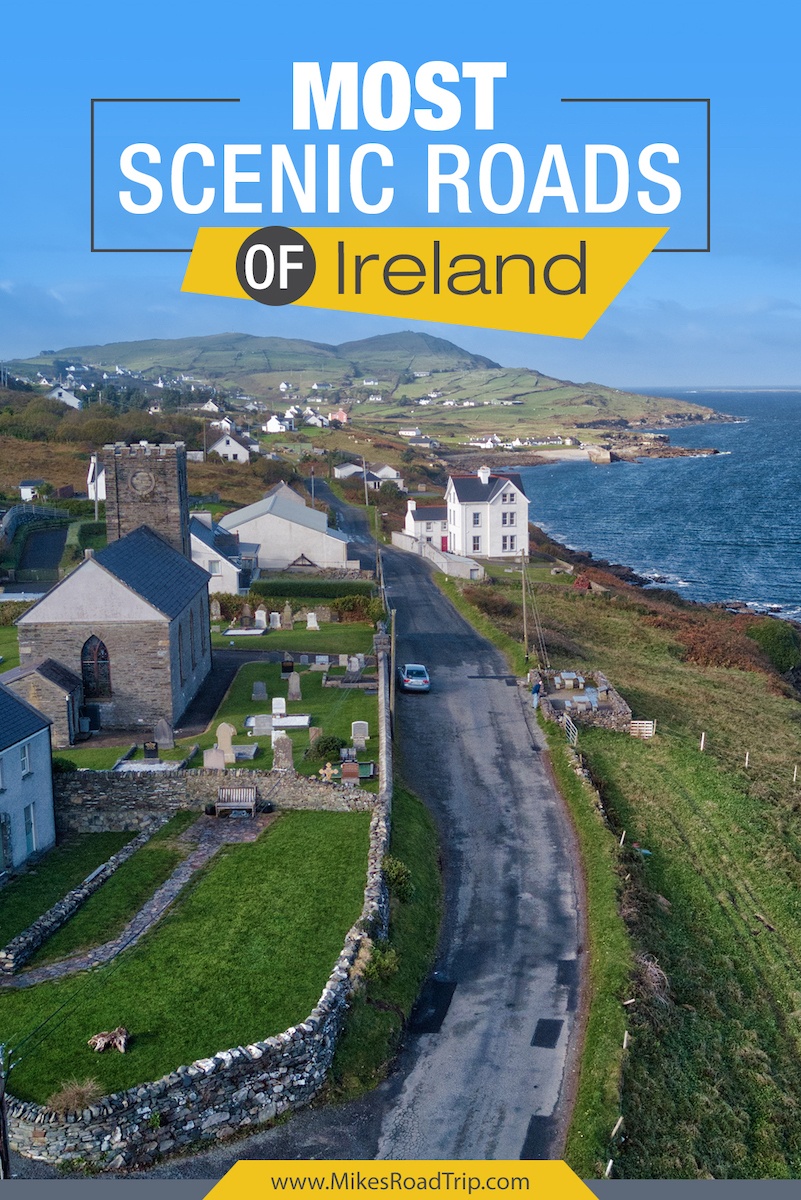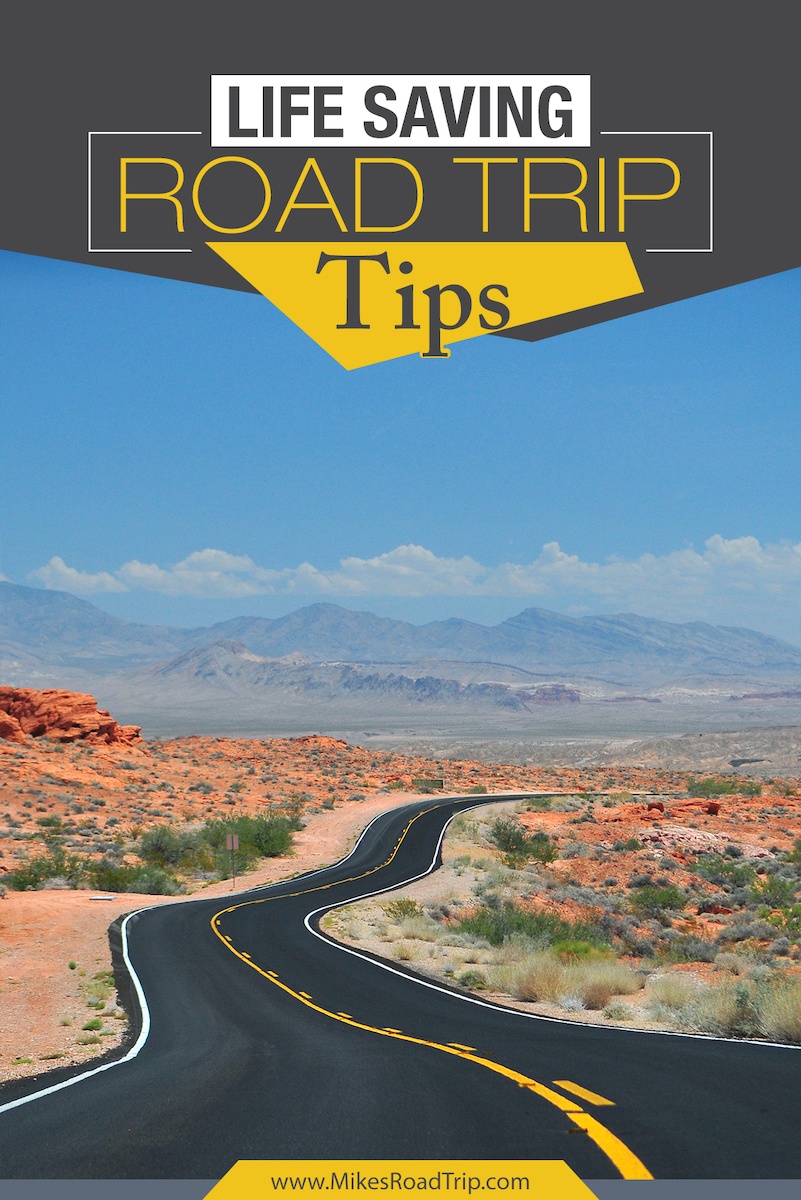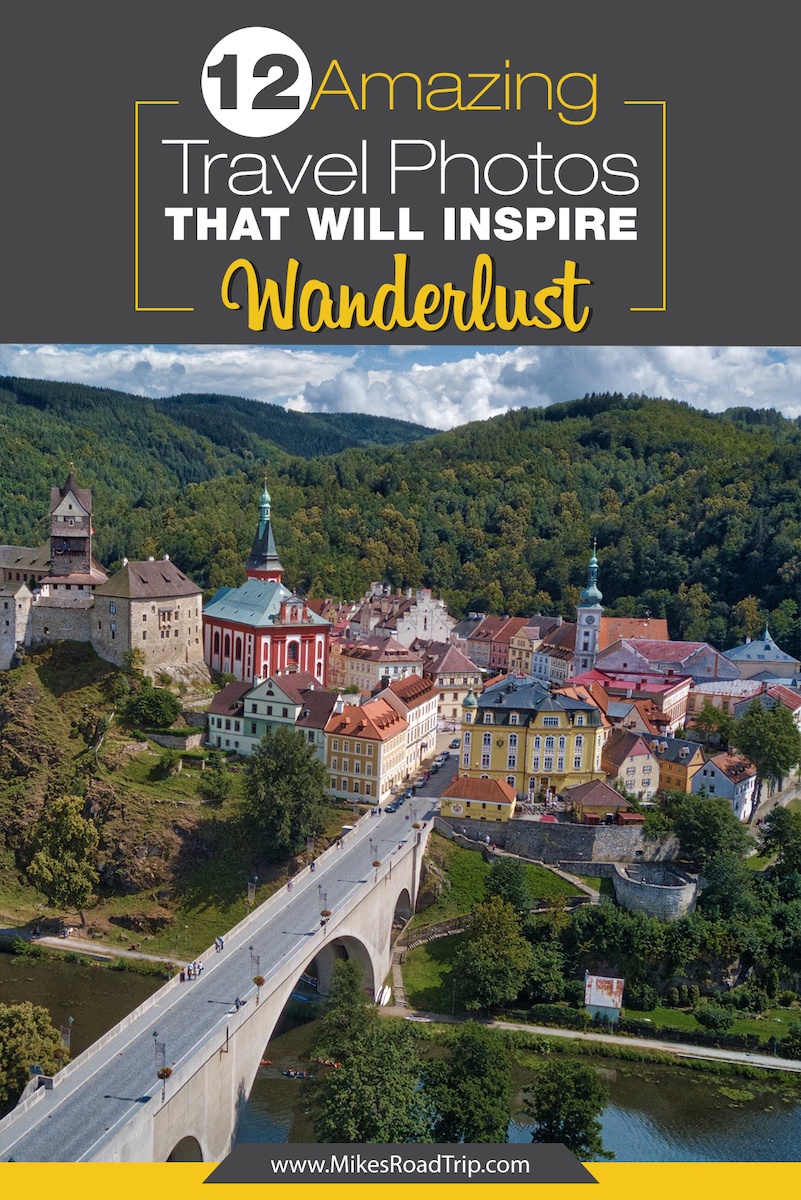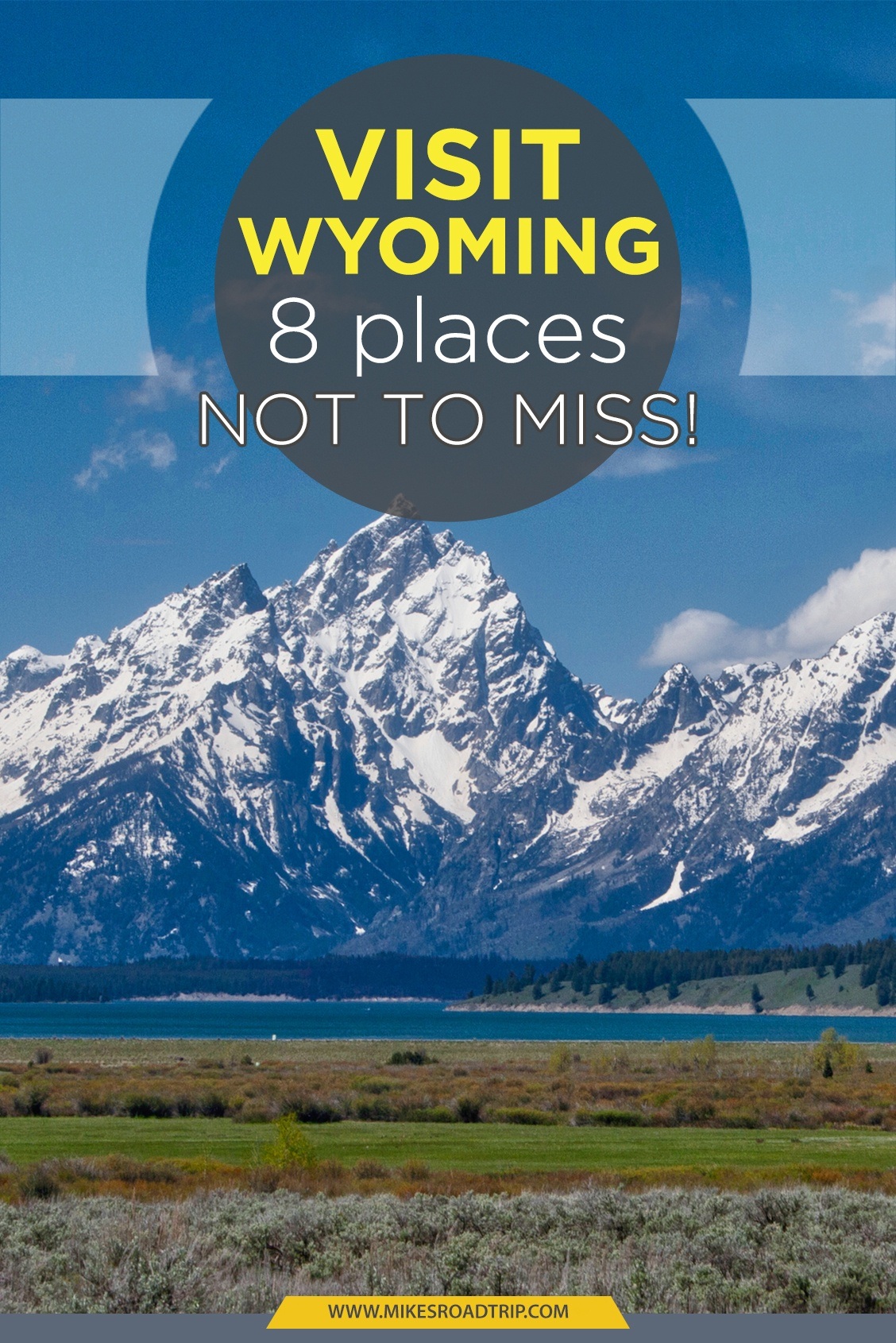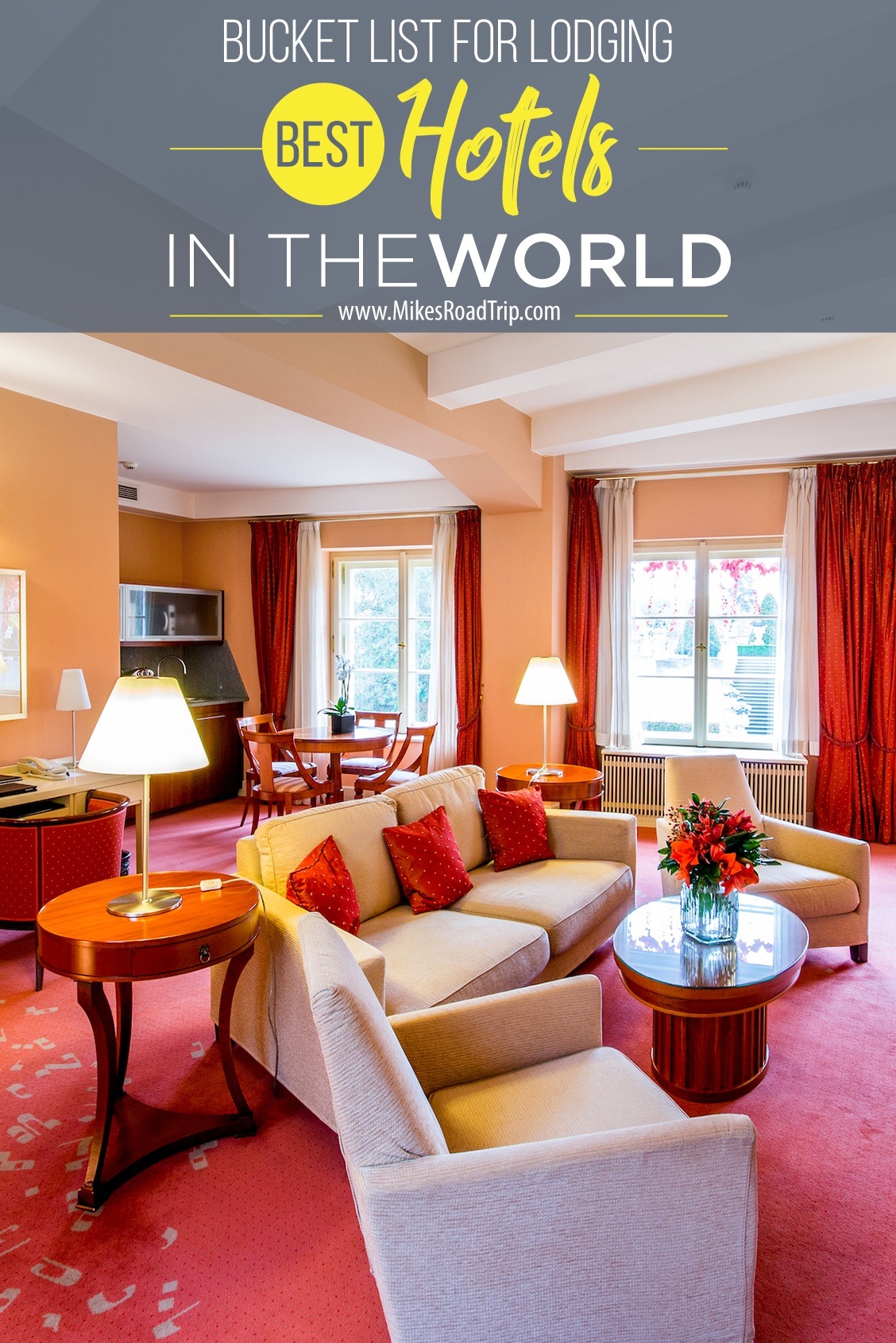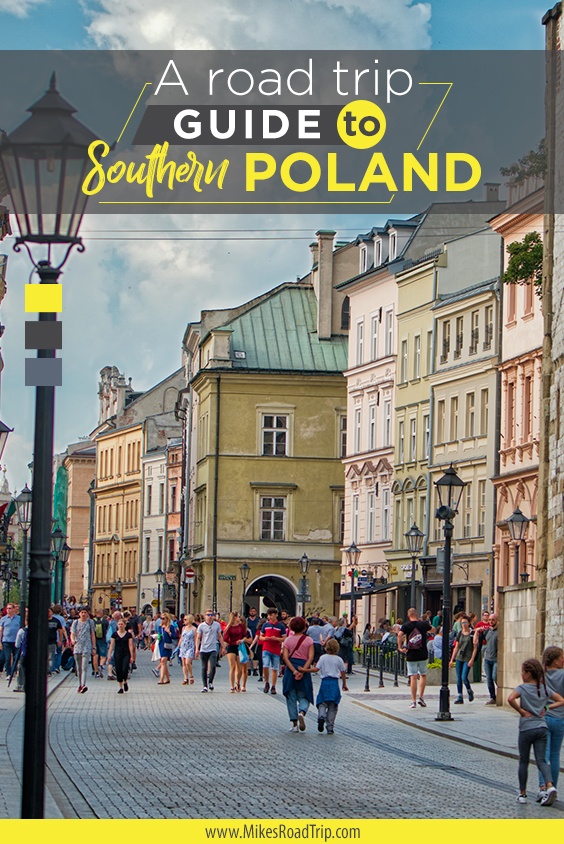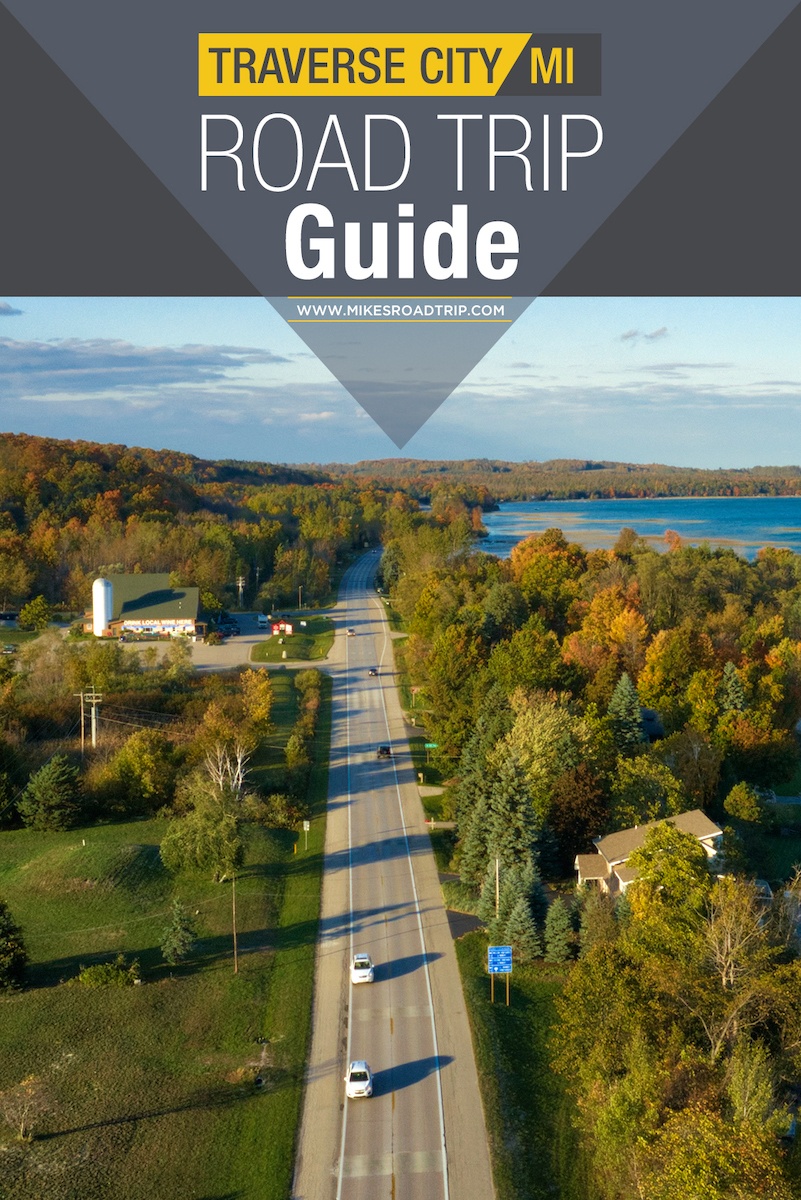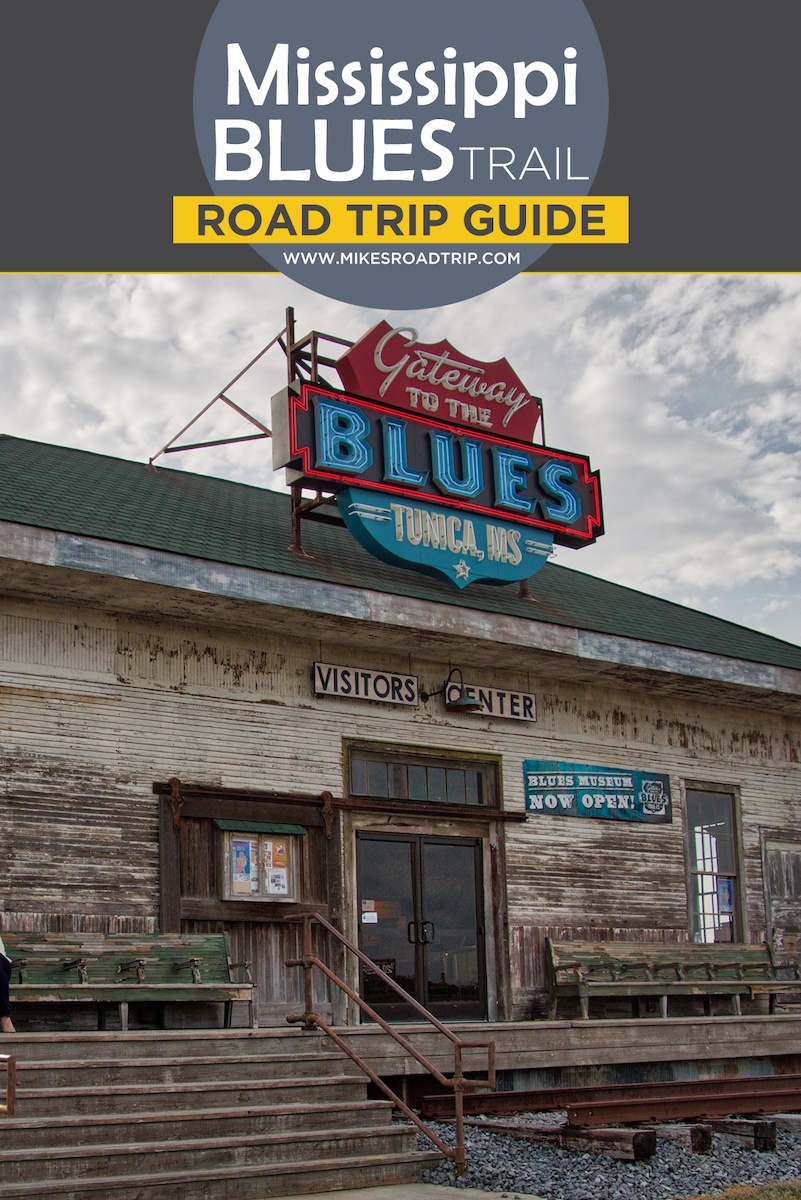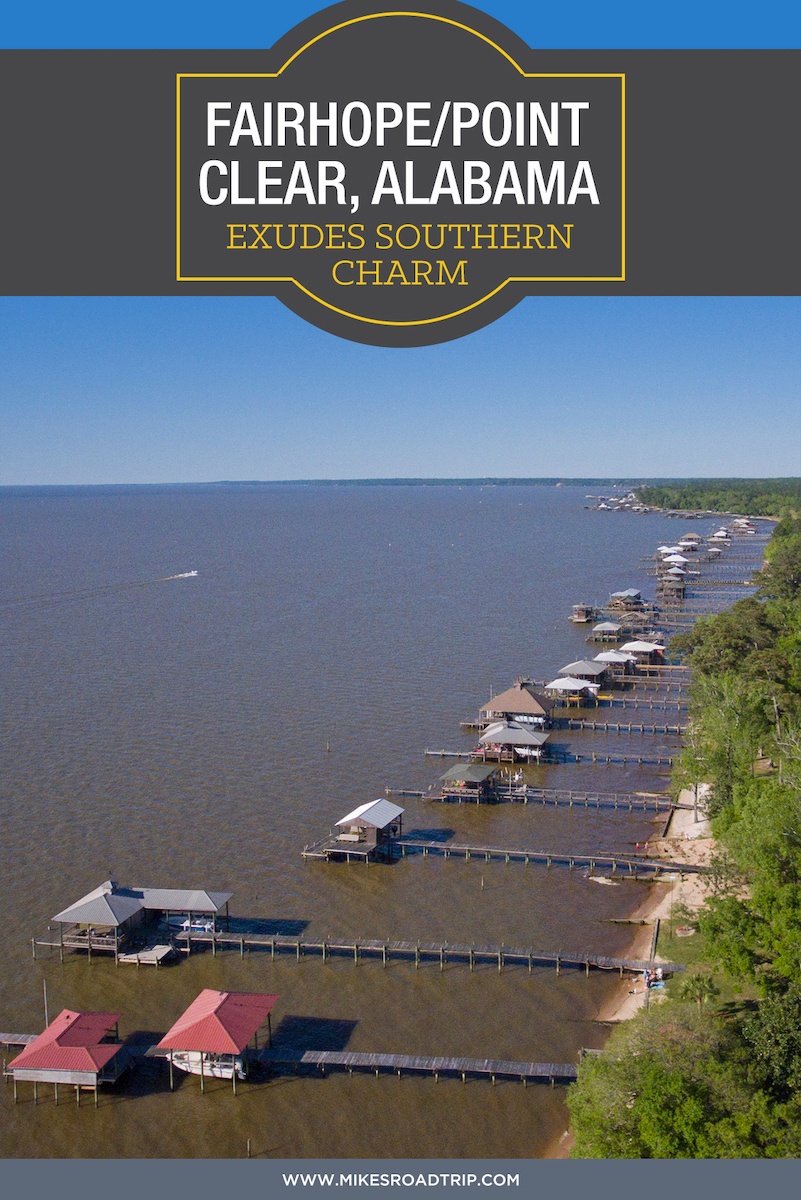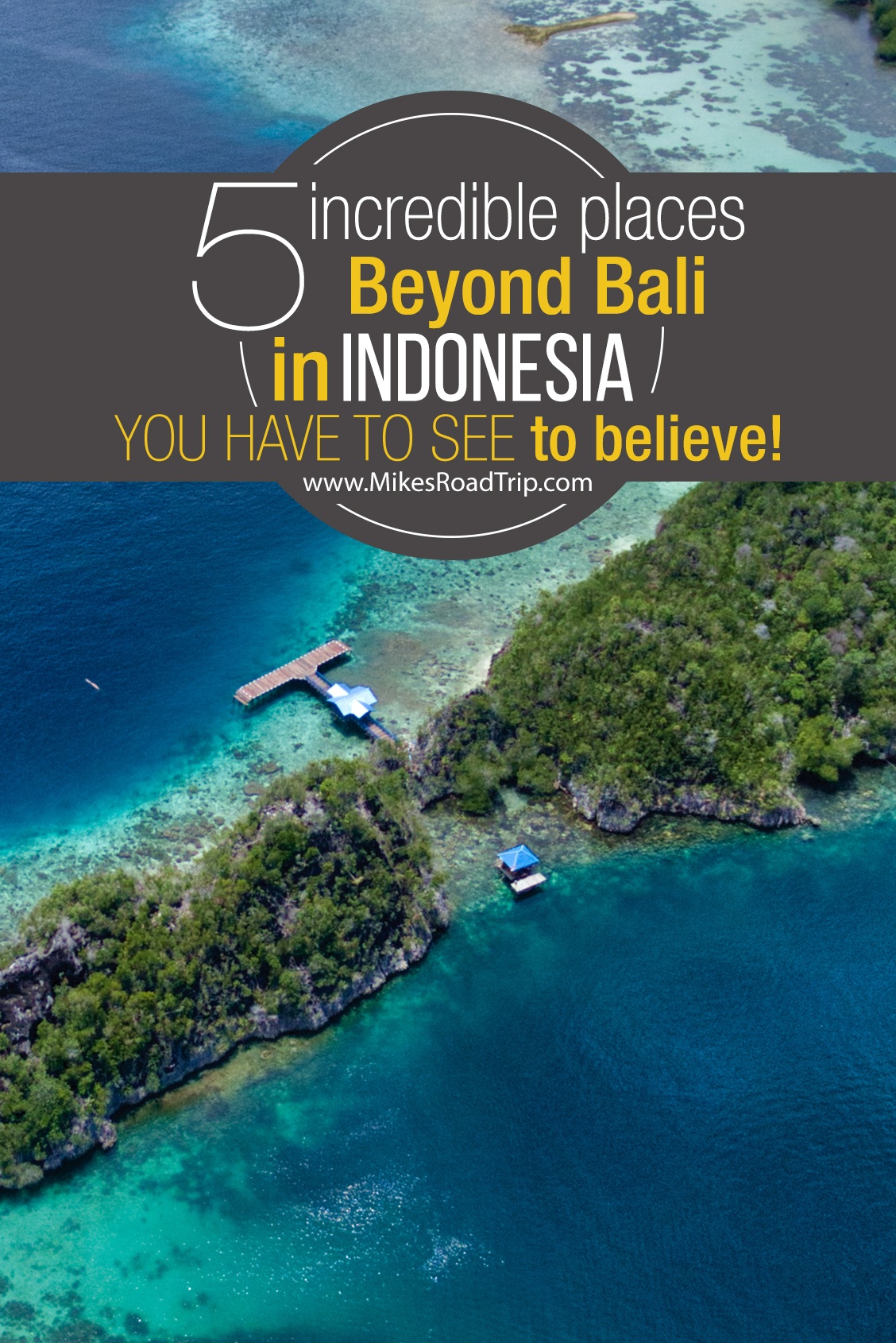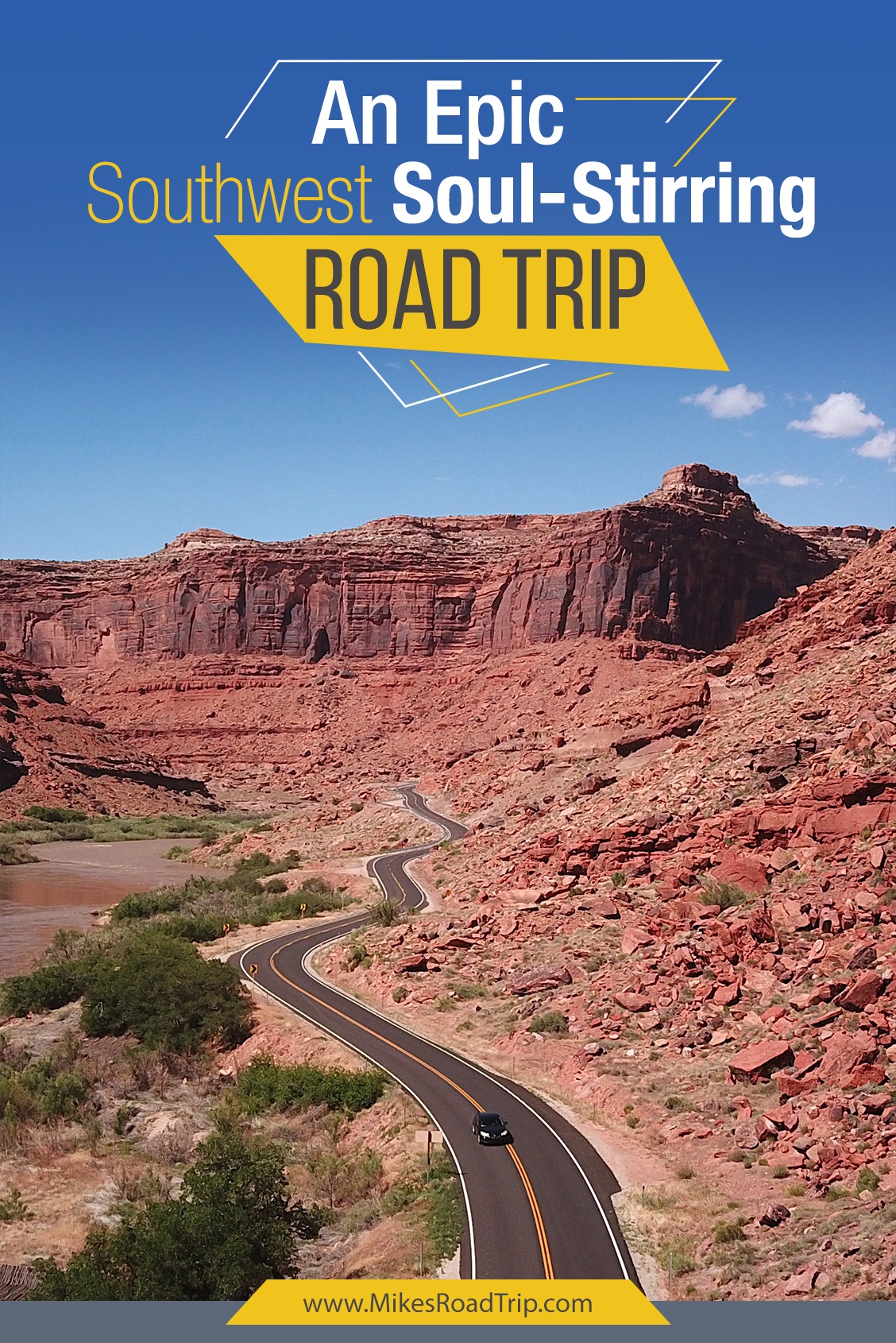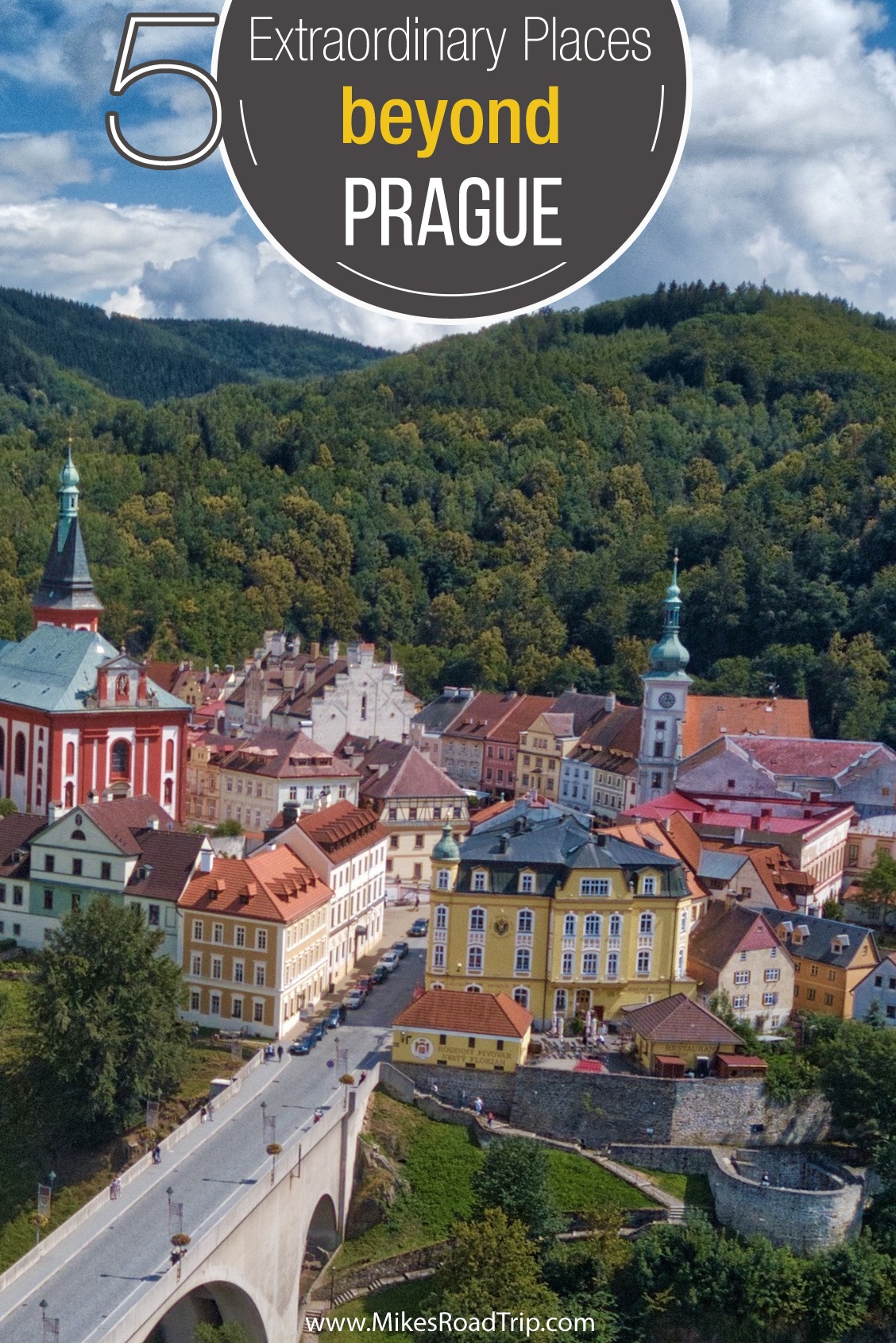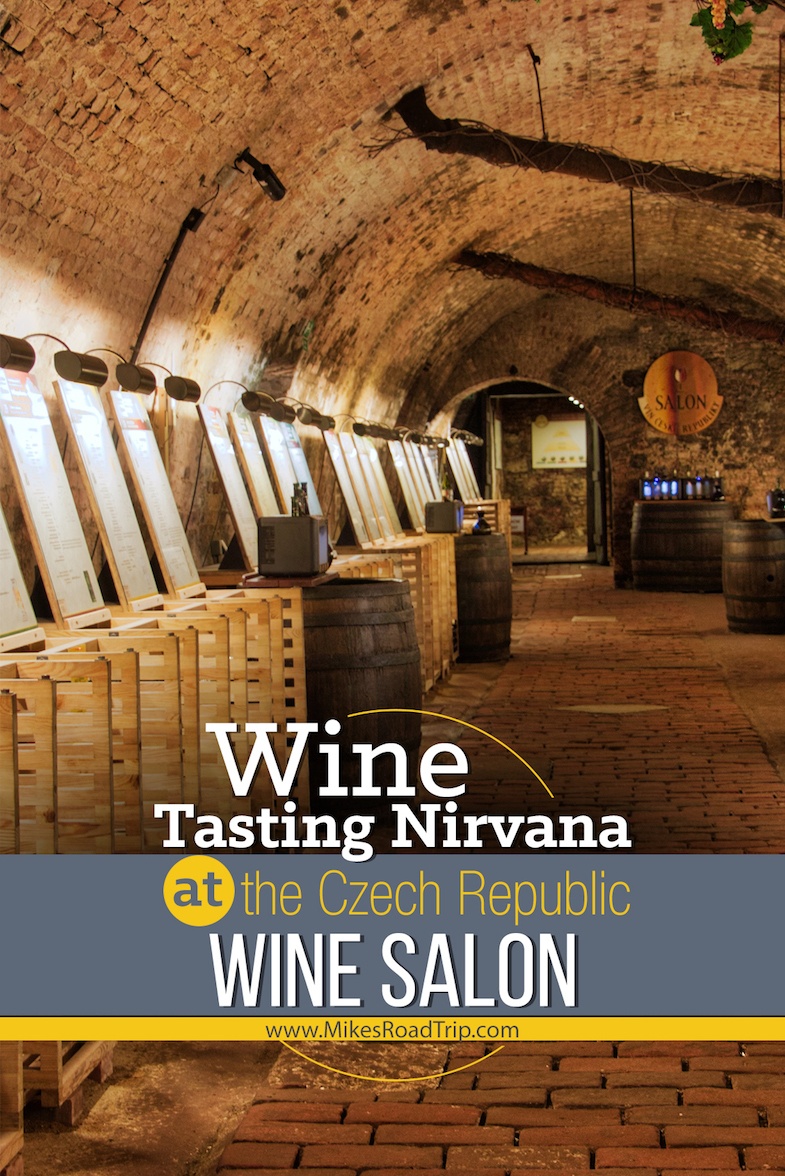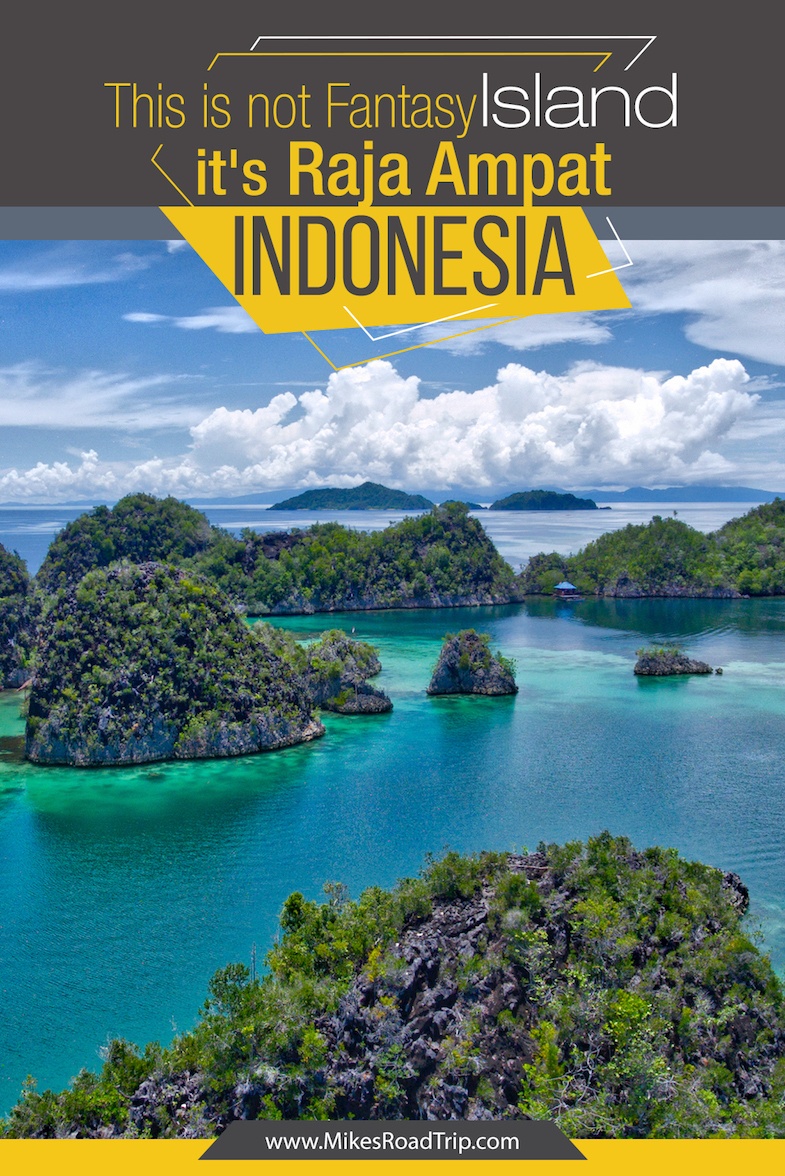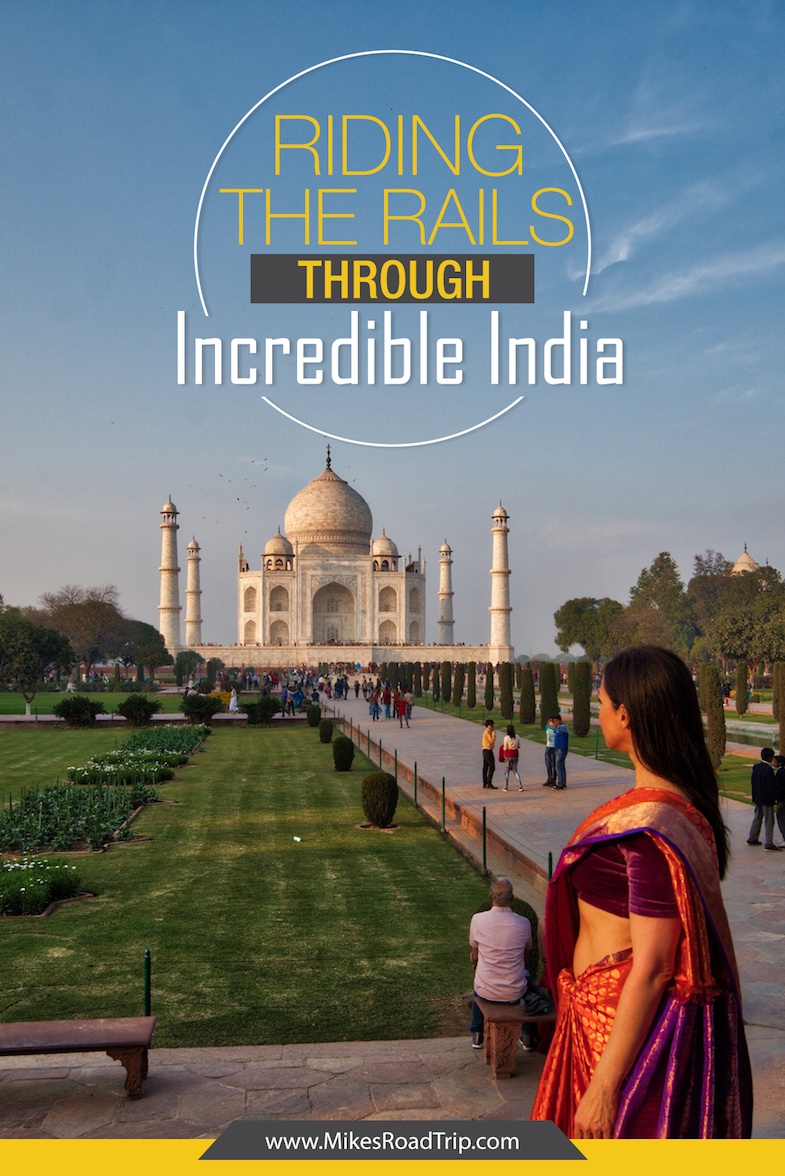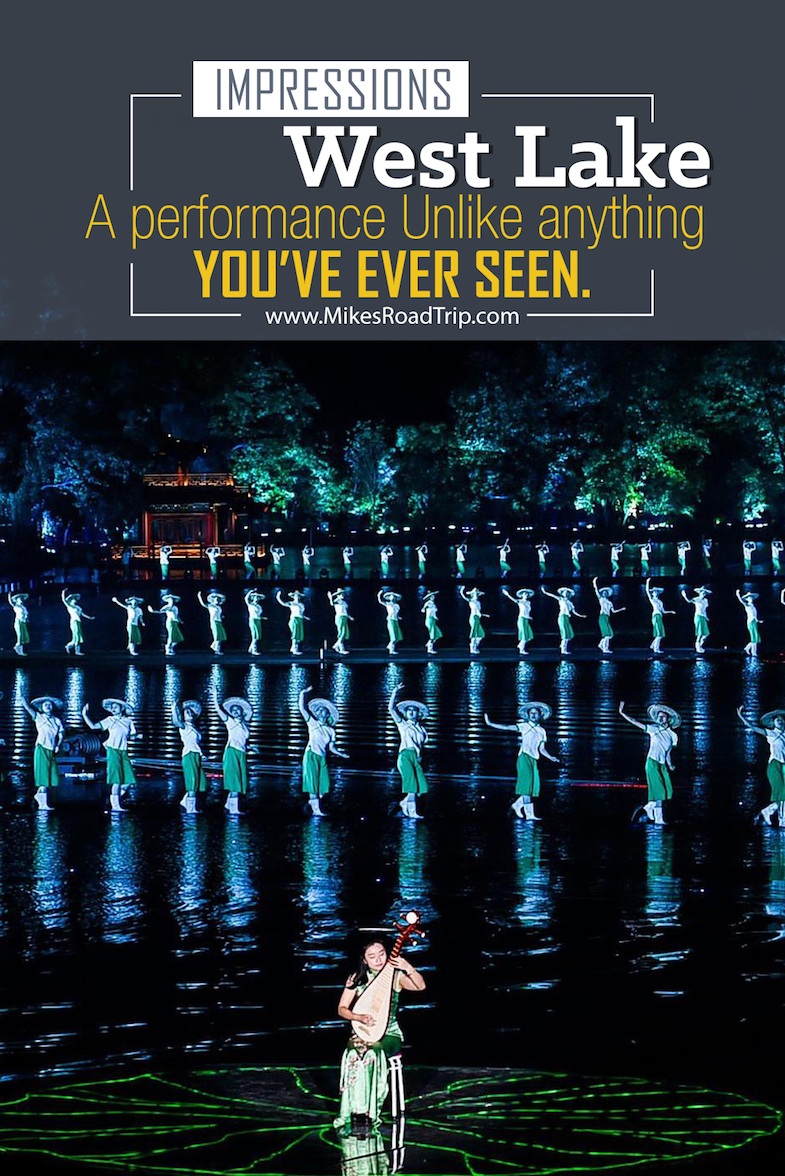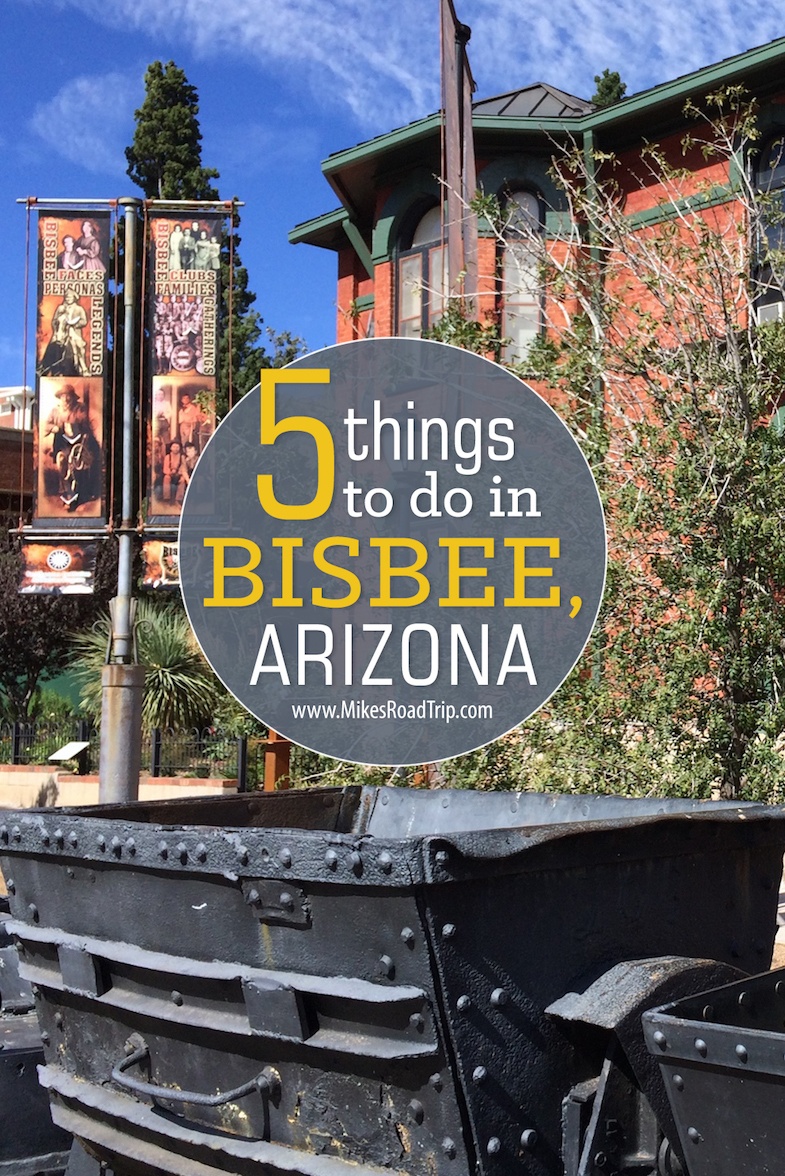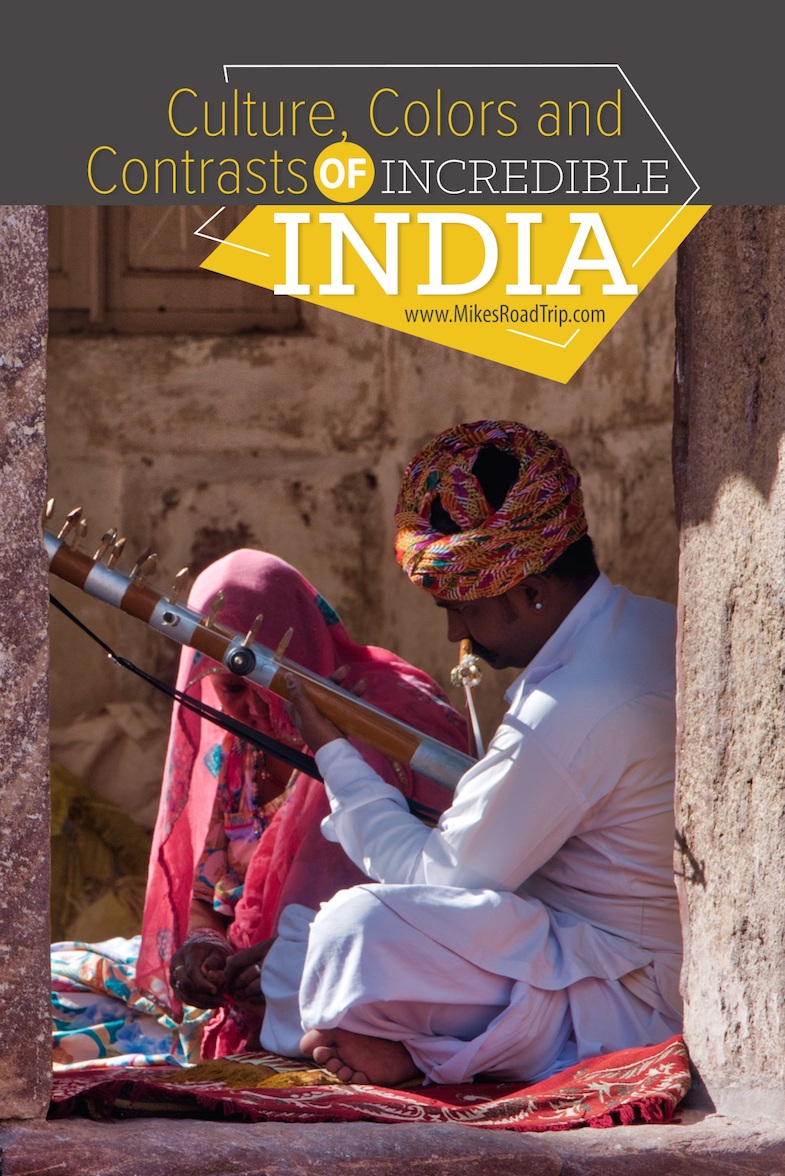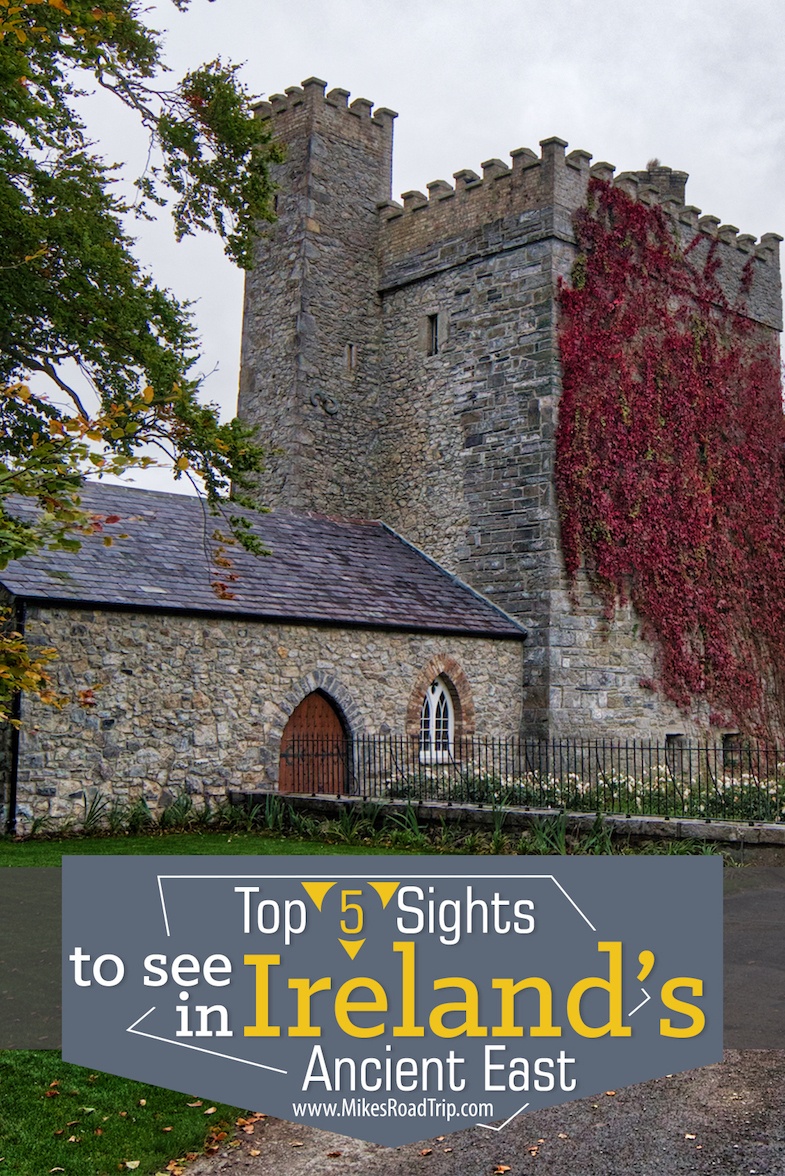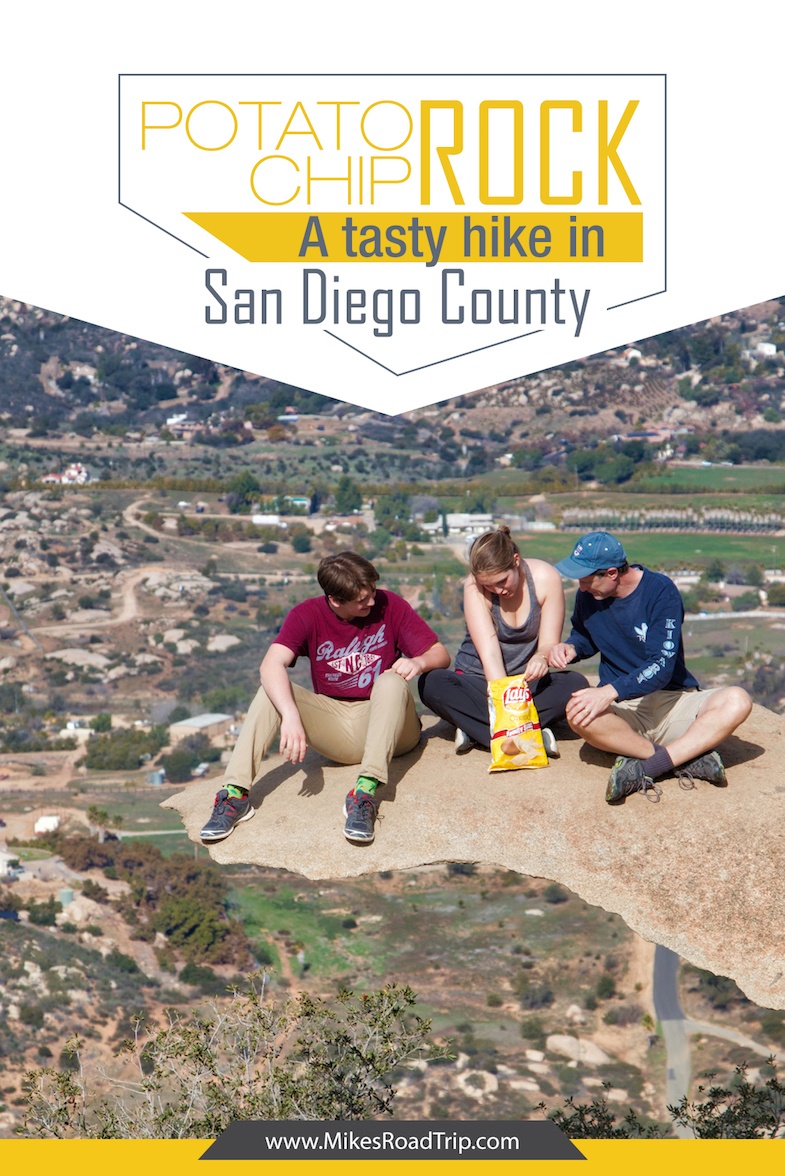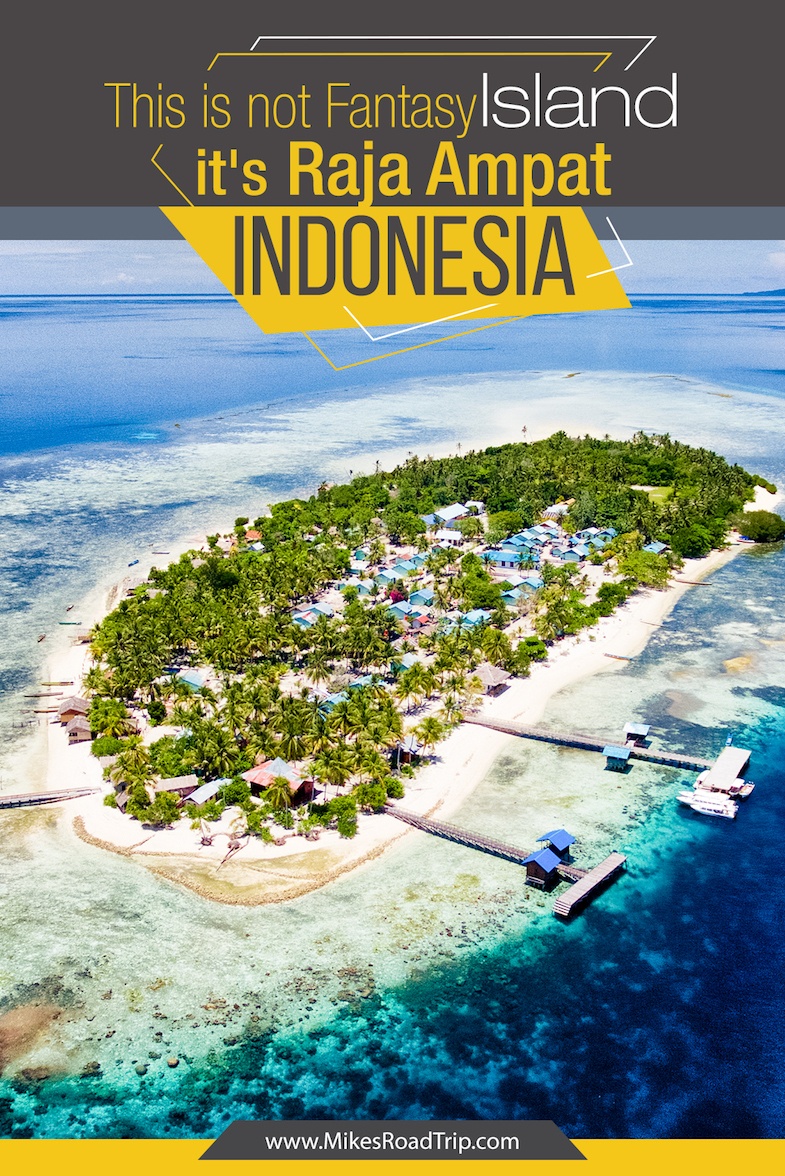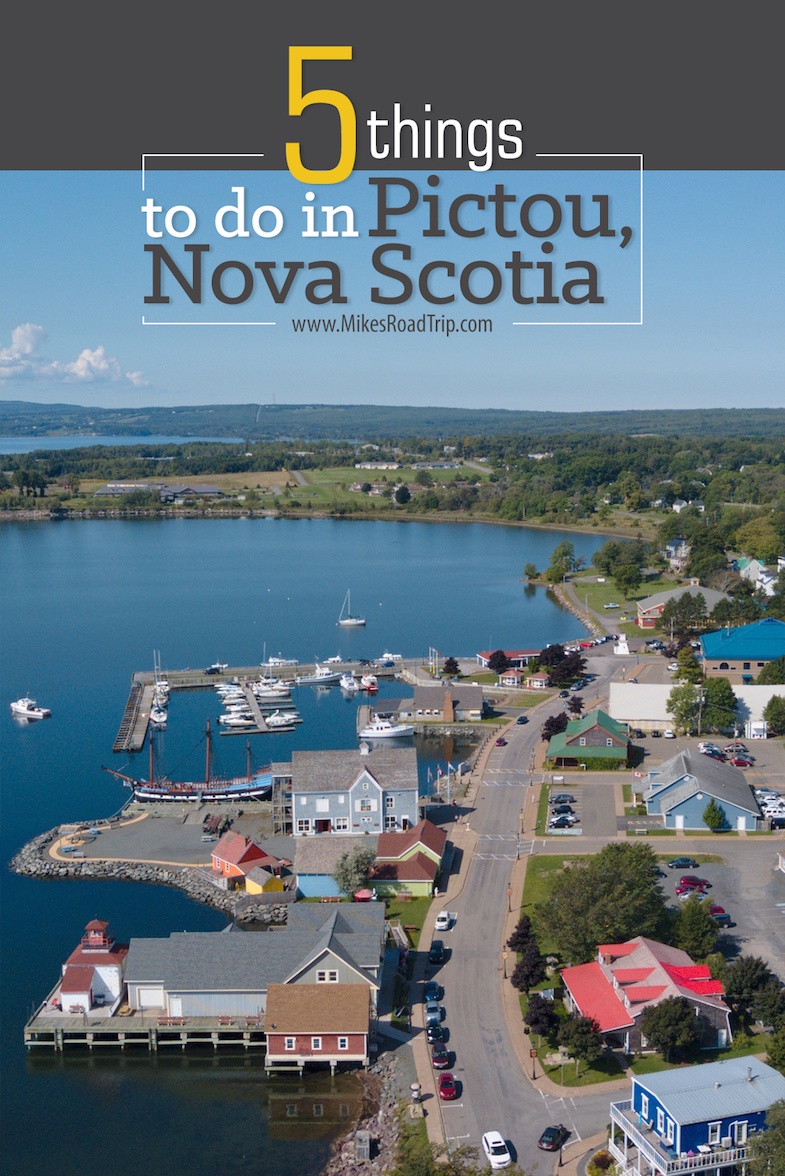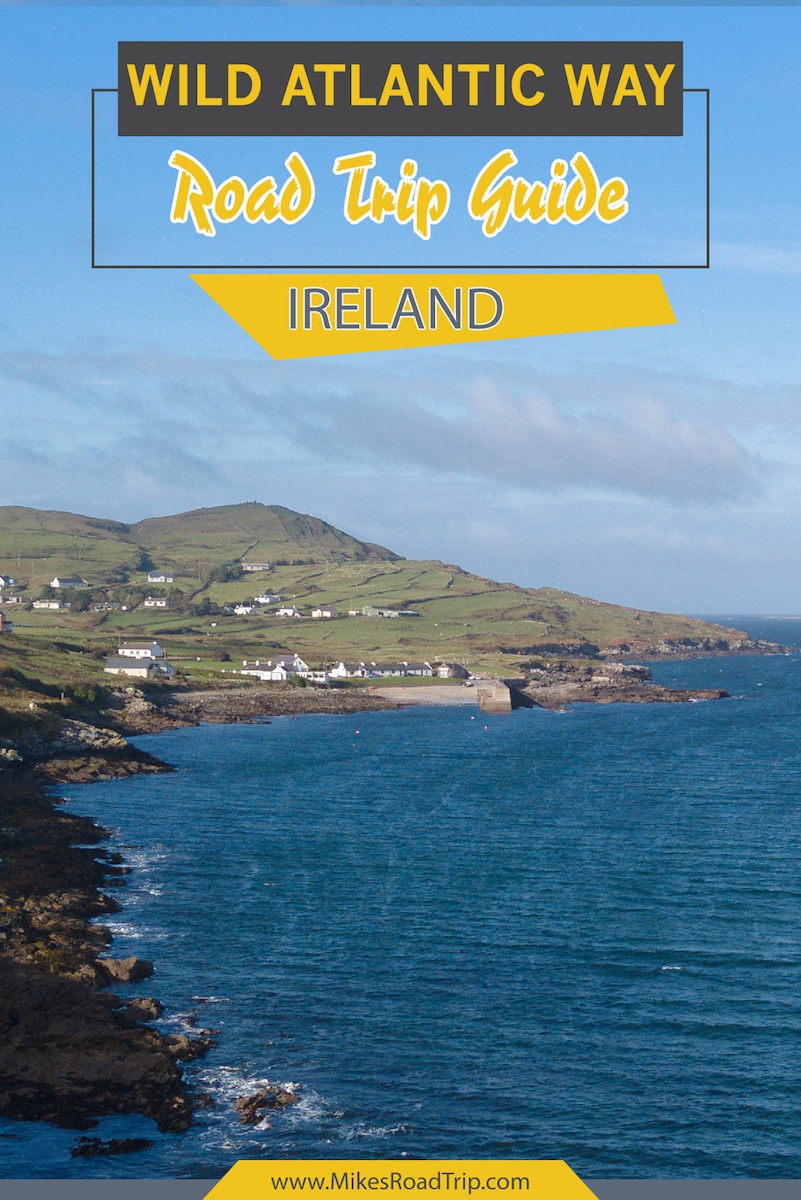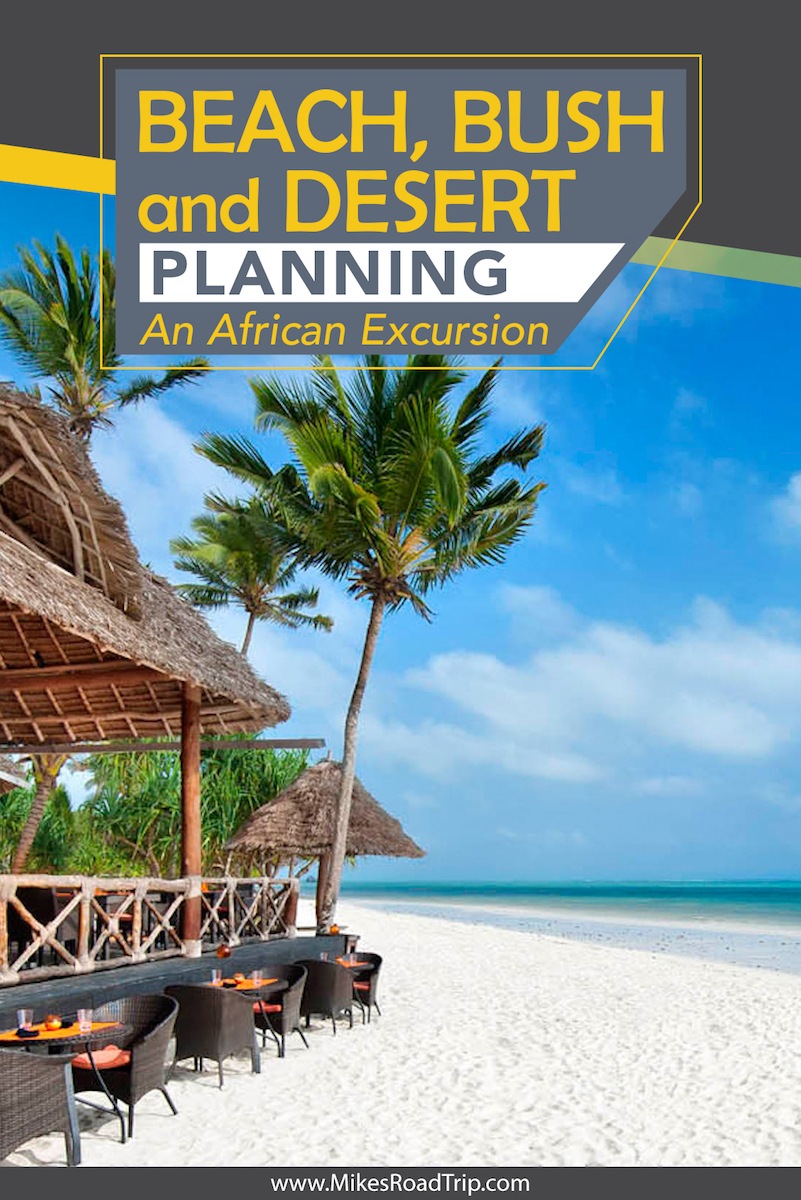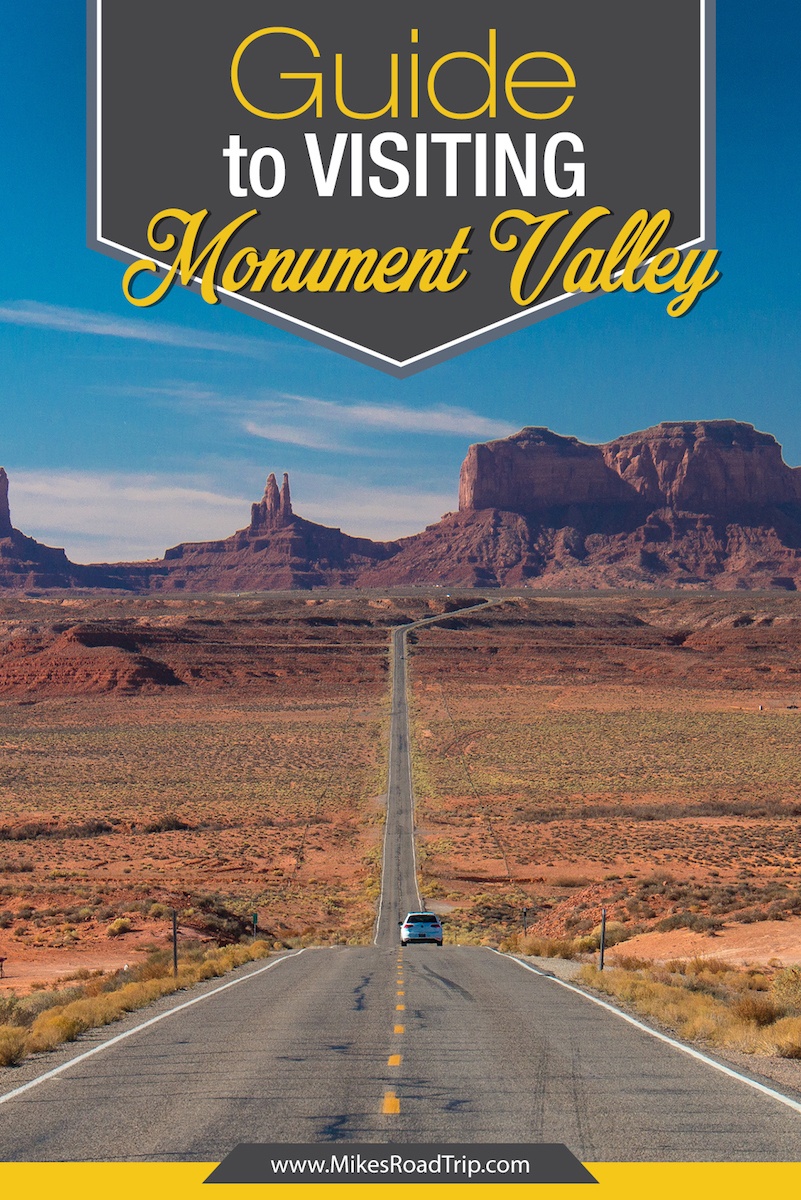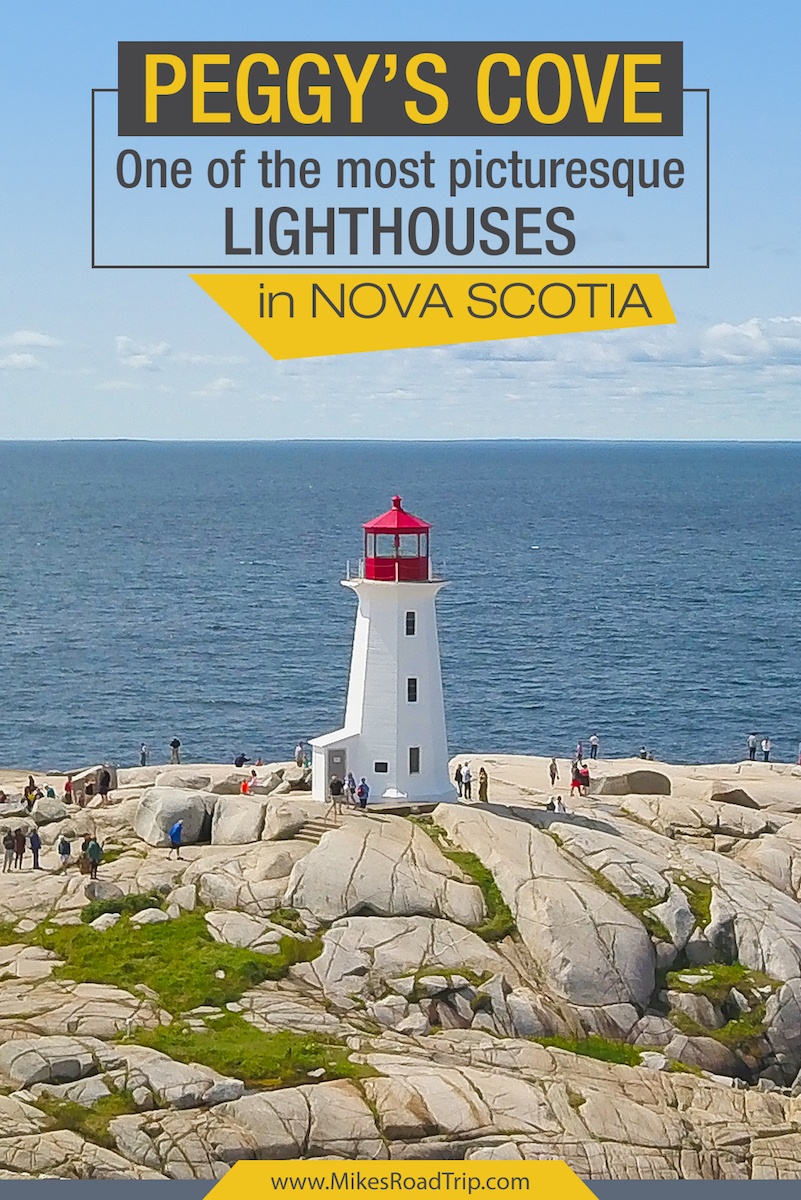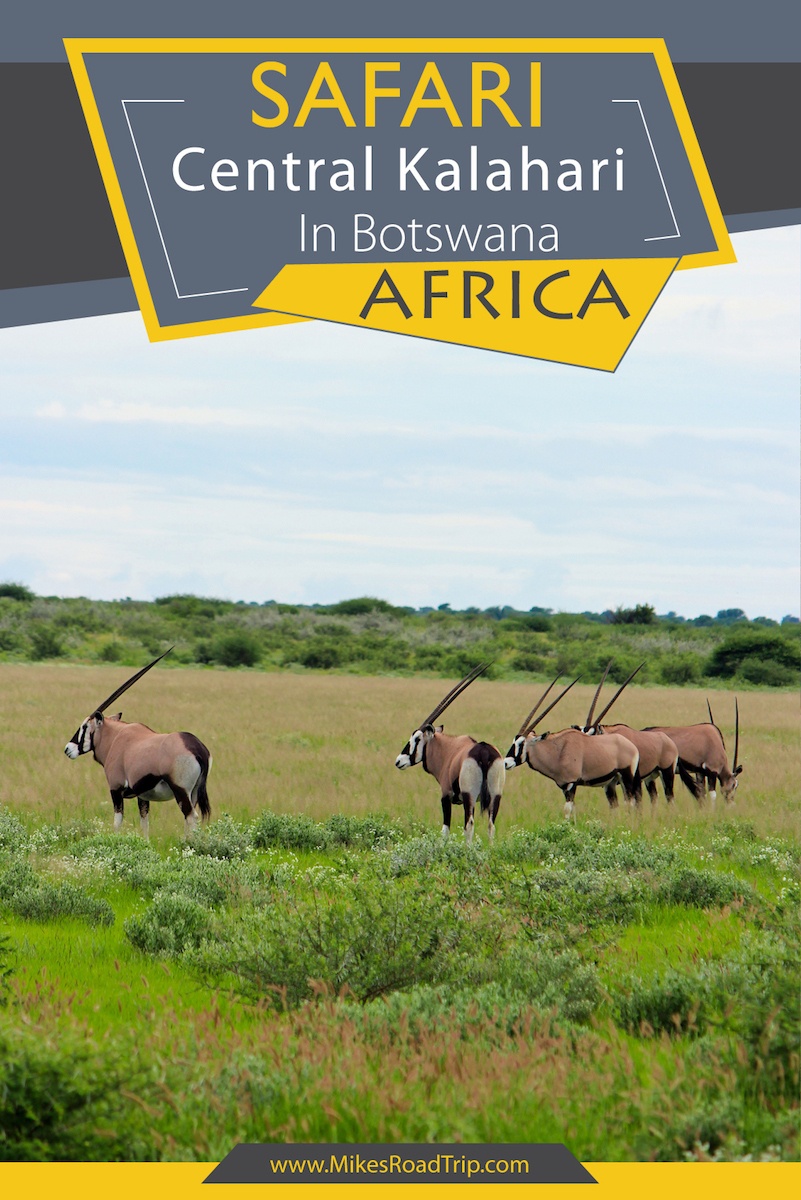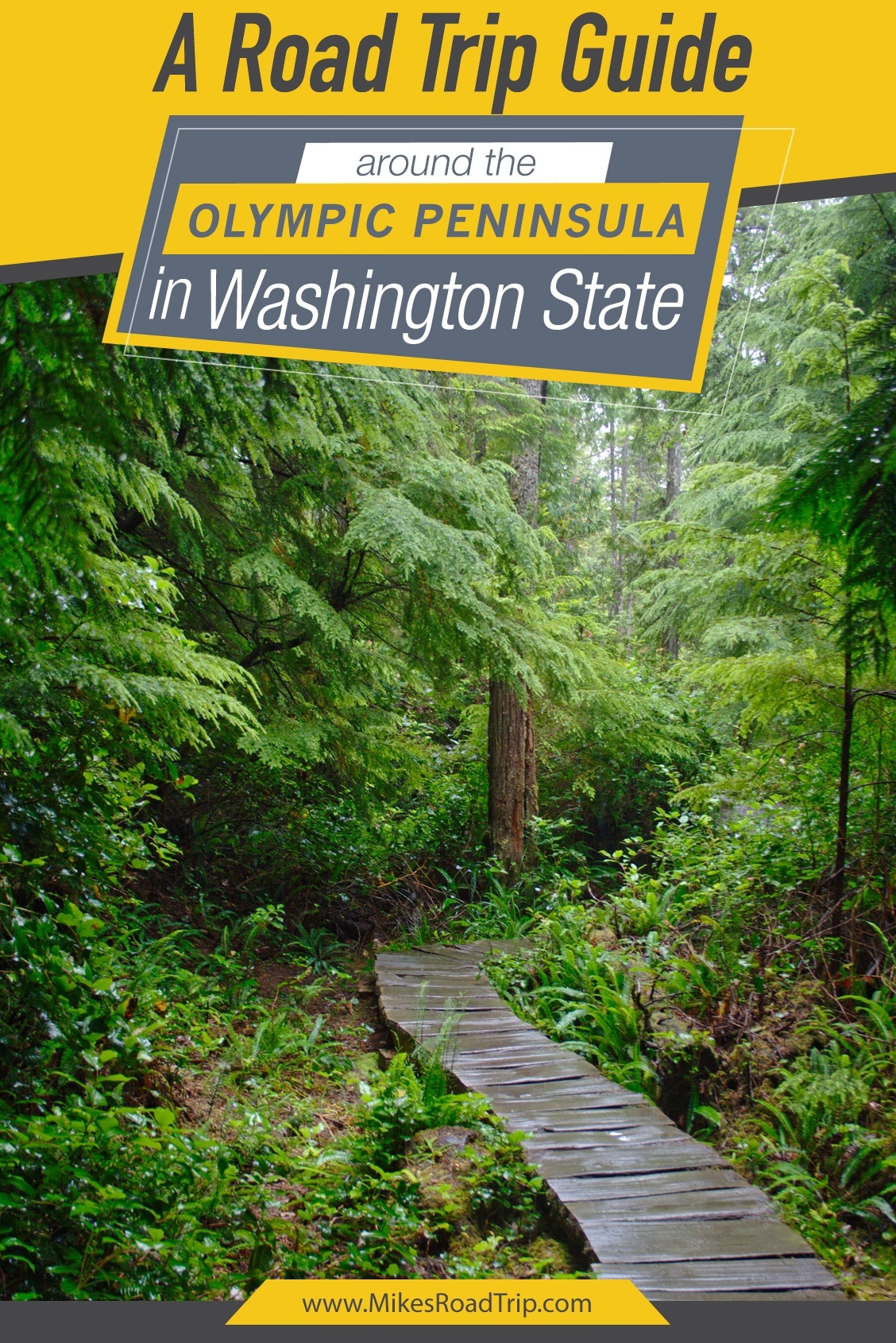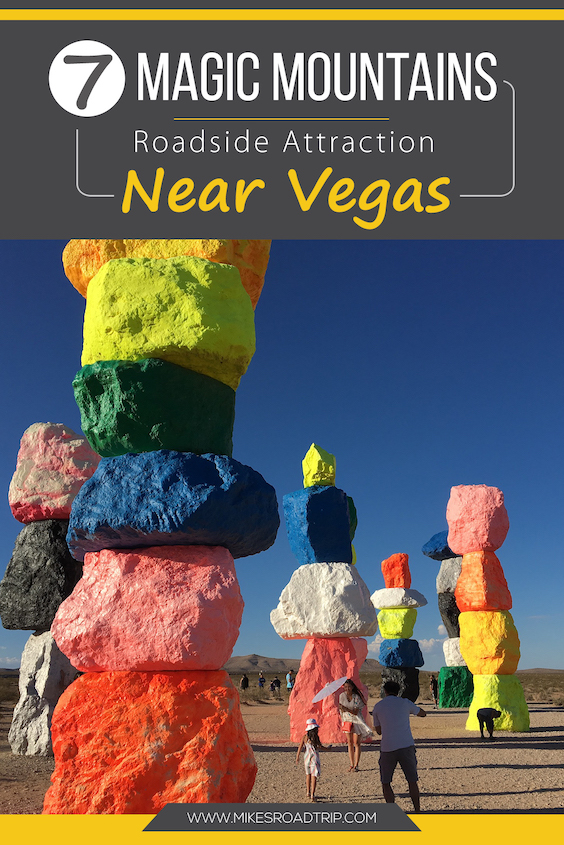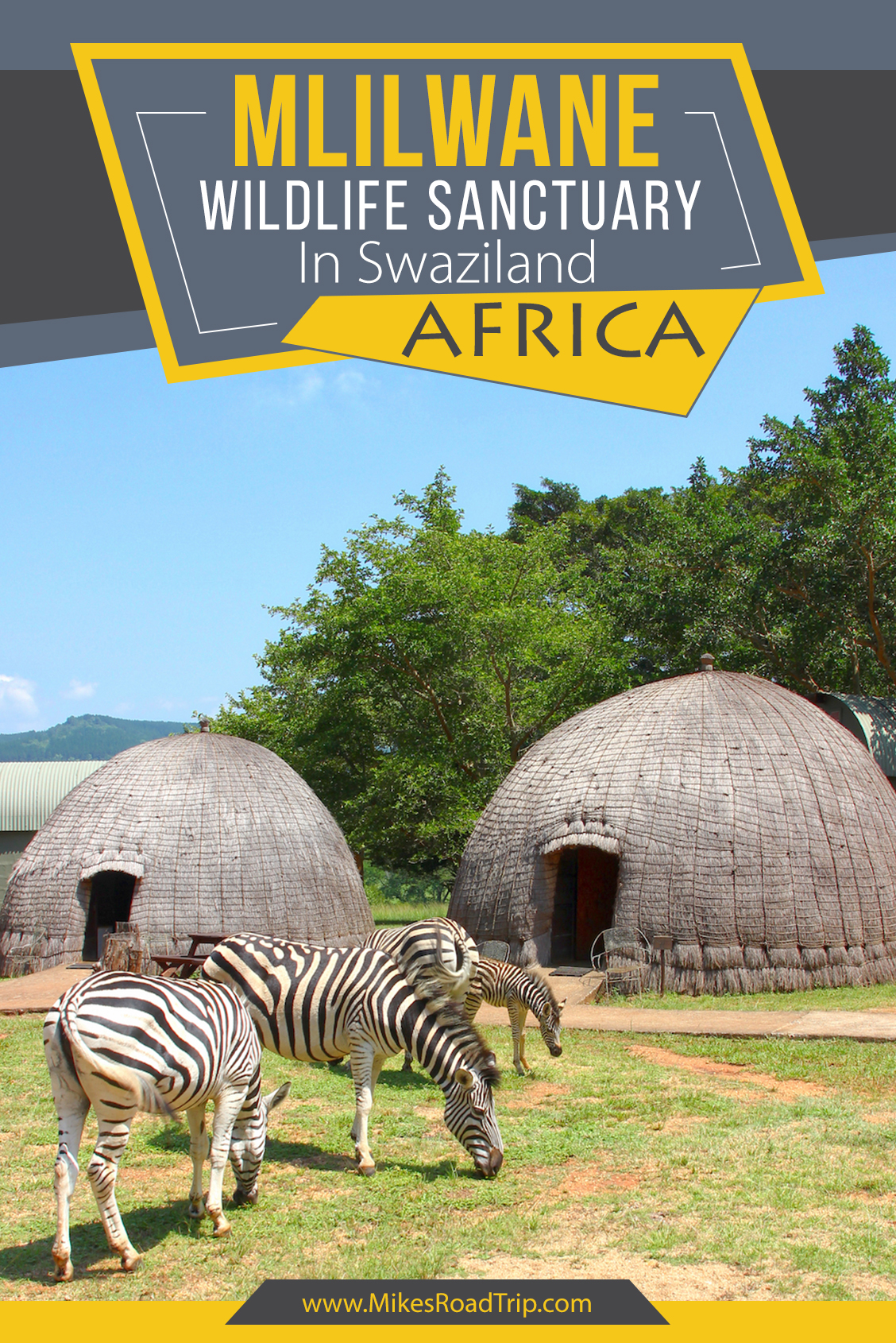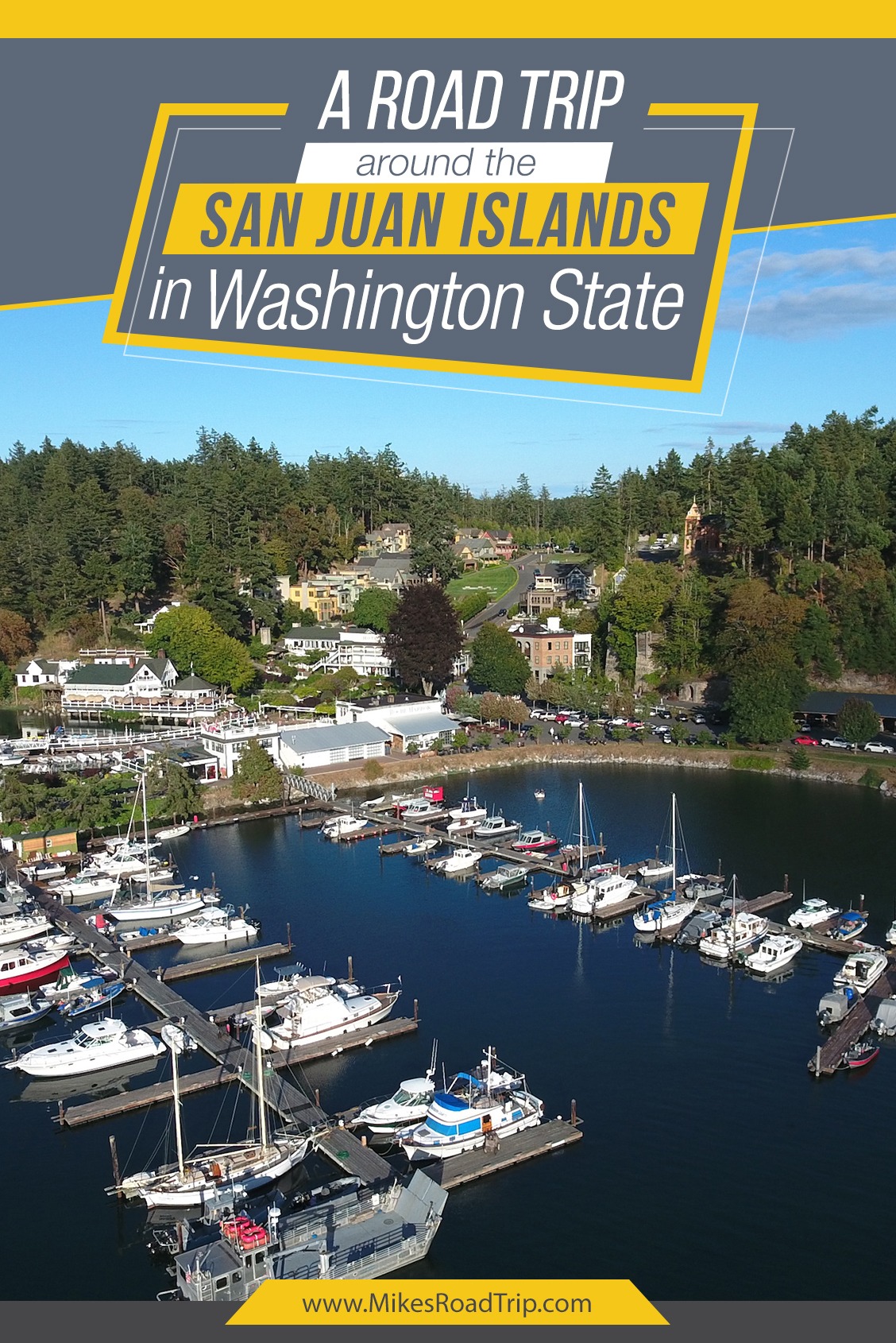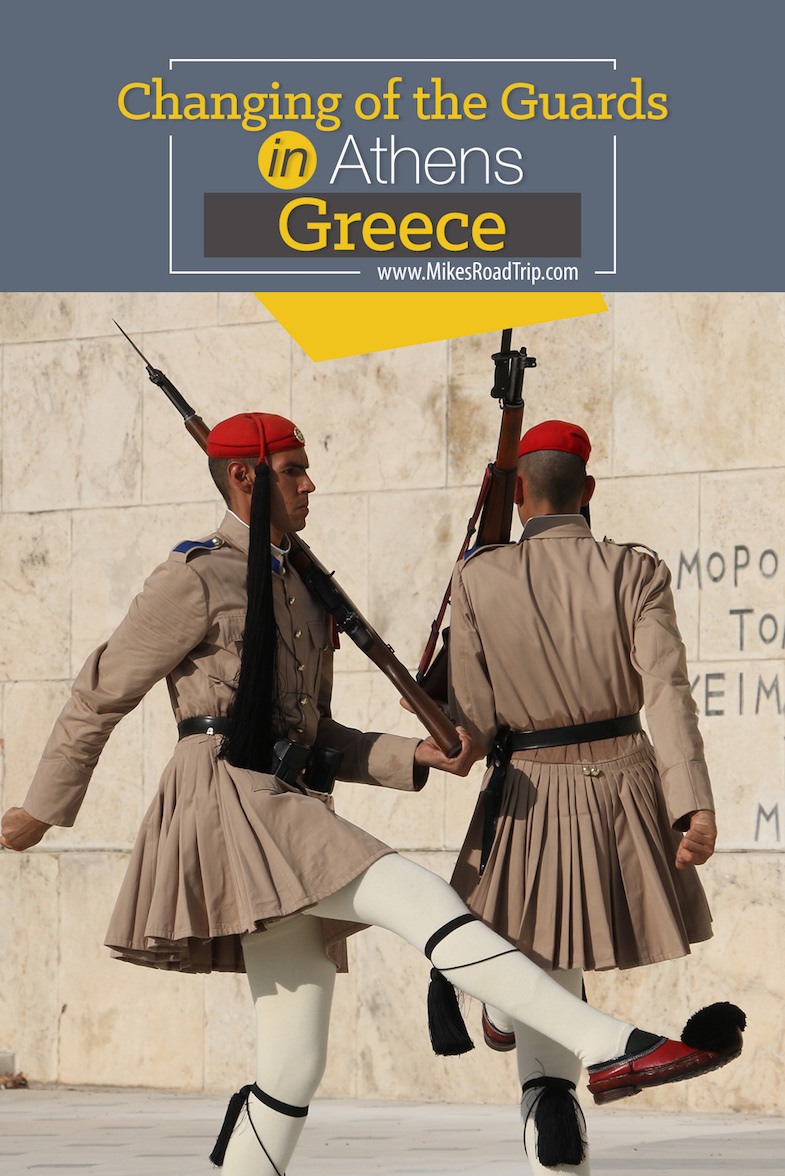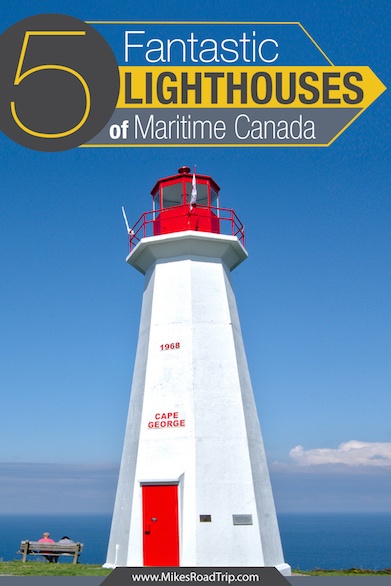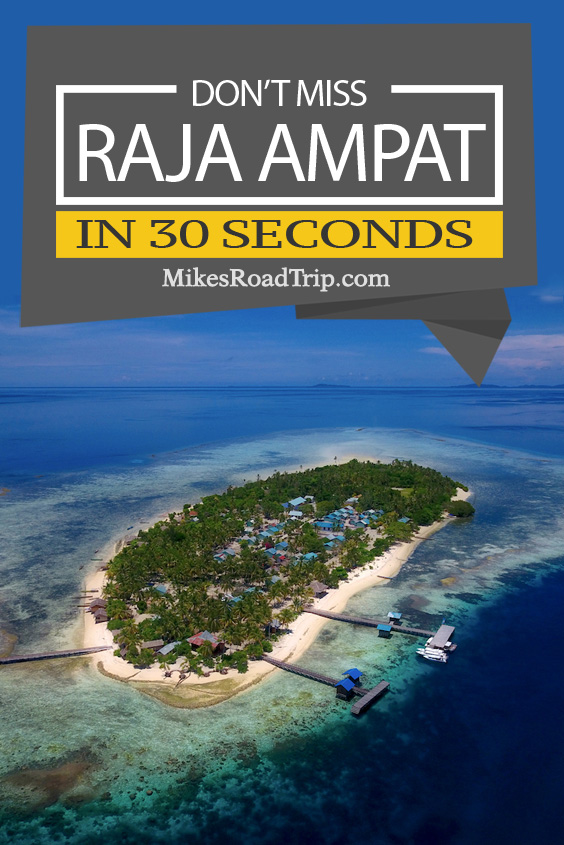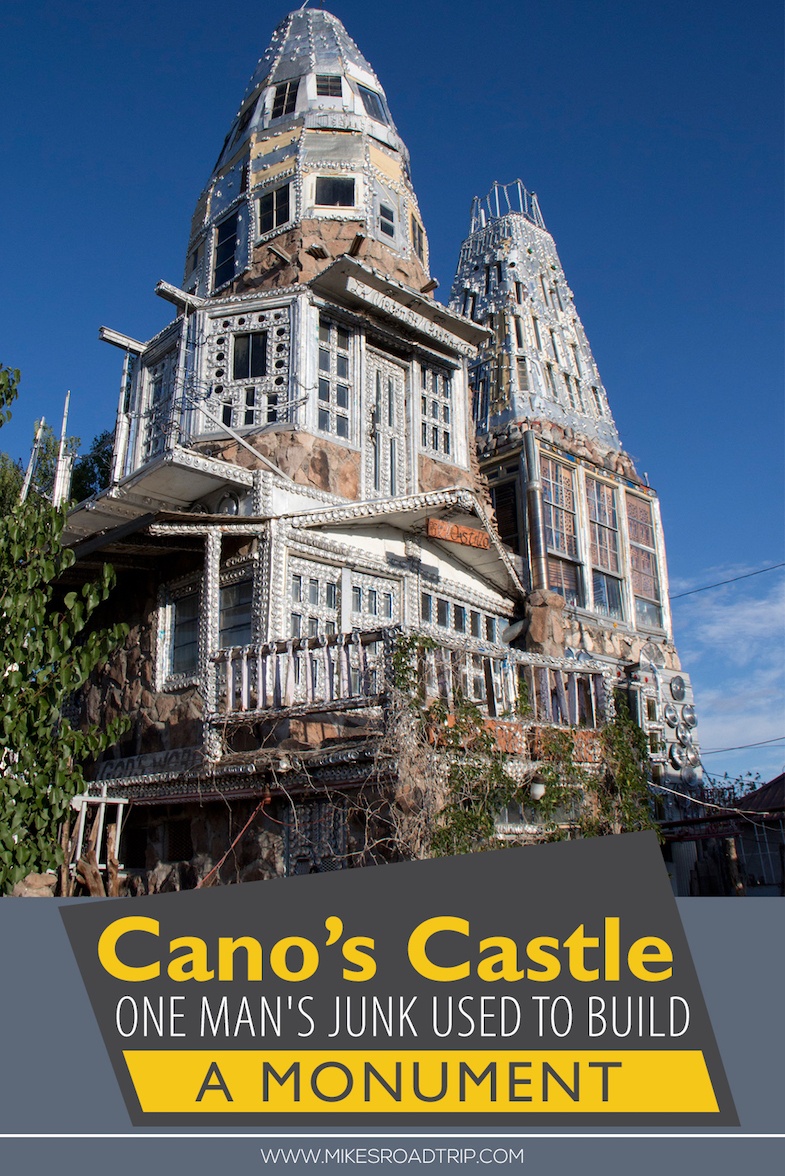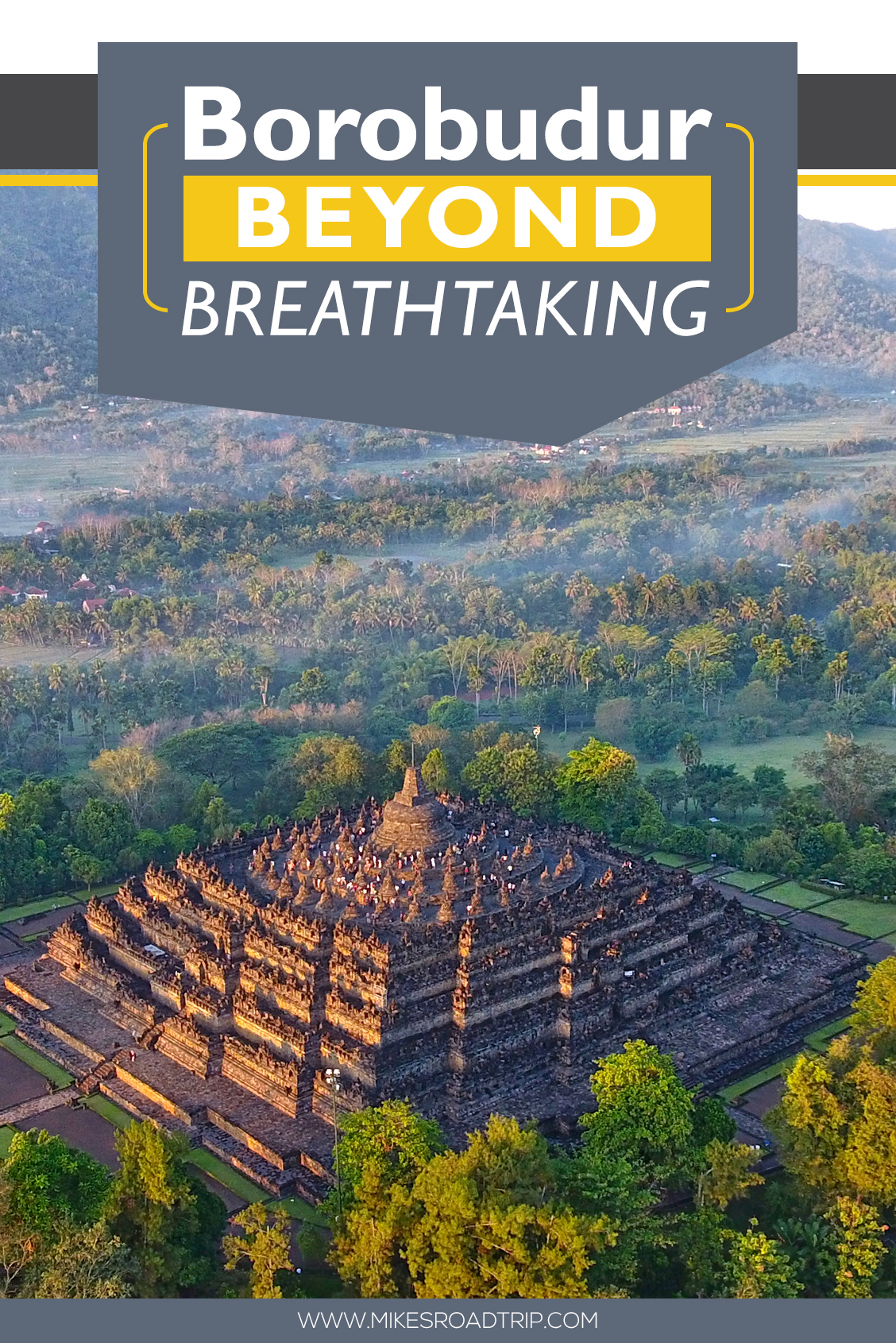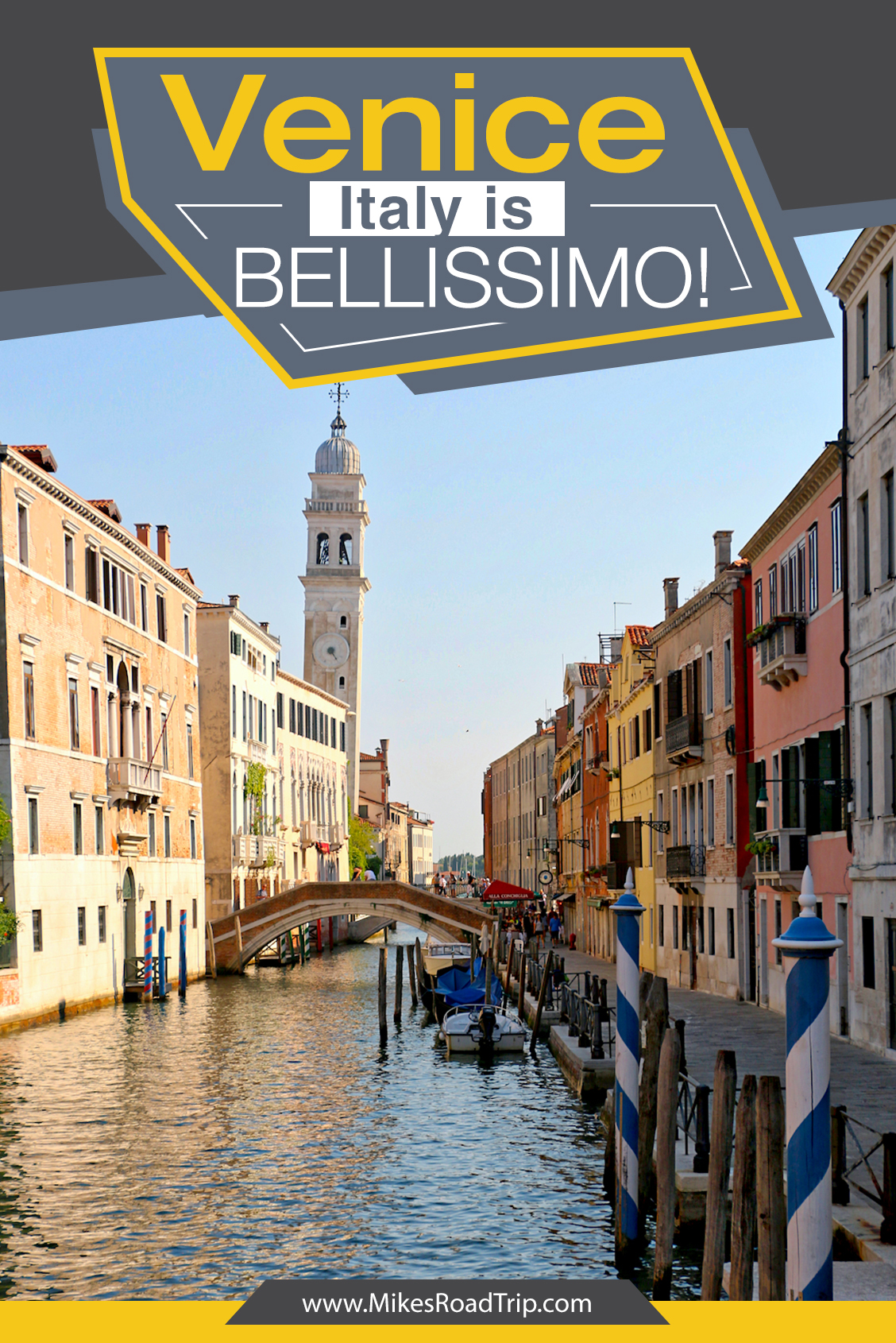Lumbini to Pokhara: Last stop on the cultural road trip around Nepal
The next day we had a long drive en route to our destination of Pokhara. Along the way we stopped in this Himalayan hilltop village of Palpa where we had lunch on the rooftop restaurant at the Hotel Crown. The food was quite good as were the unobstructed views. The village and all the homes are terraced up the dramatic hillside. The roads in town are quite steep and was surprising to see buses navigating the narrow pathways.

After a lovely lunch, while others in my group were milling around, I went for a walk through town. Every where I went in Nepal I was struck by the scenery and photo opportunities. From the people of Nepal, to their way of life, I was enamored by it all.

As we wound our way through the mountainous terrain, we would occasionally stop for bathroom or sightseeing opportunities. We would often see farmlands that terraced up or down the lush green mountainside—it reminded me of the rice terraces in Indonesia, particularly in Ubud, Bali. It was another very long day of travel from Lumbini to Pokhara, accounting for our lunch break and some stops along the way it took some 11 hours, even though it was just over 100 miles in distance.

POKHARA
As we began descending out of the mountains toward Pokhara, we could see how expansive the city was. Pokhara is the second largest city in Nepal, next to the capital of Kathmandu. When we arrived in Pokhara, it felt like a place I really wanted to explore. The pace was much calmer than that of Kathmandu. The traffic, roads, sidewalks and level of pollution were all remarkably better than that of the capital. Pokhara is located on Phewa Lake in central Nepal. It’s known as the gateway to Himalayas and it is quite popular with thrill seekers. For example, Pokhara is home to Highground Adventures, whose attractions include the longest and greatest vertical zipline drop in the world, as well as a Nepal’s only tower bungee jump.

Pokhara is also home to the International Mountain Museum, where they celebrate Mount Everest and other ranges in Nepal. I had an opportunity to visit this venue on Everest Day, a celebratory event in the region paying homage to the first people to summit the tallest mountain in the world. It was back in 1953 when Sir Edmund Hillary and Tenzing Norgay (aka Sherpa Tenzing) became the first two people to reach the summit of Mount Everest. Something interesting I learned about the Mountains in Nepal…there are so many of them, so high, that only a few are named. In order to receive a name, a Mountain has to be over 20,000 feet, otherwise they are just considered random hills. I don’t know if this is technically official, but a local mountaineer told me this.
On the outskirts of Pokhara rests the World Peace Pagoda, also known as Shanti Stupa, which is a Buddhist pagoda-style monument on a hilltop overlooking Phewa Lake and the city of Pokhara. A few of my blogger friends and I got a ride to the highest point possible, from there we climbed a number of flights of stairs and elevation to reach the Peace Pagoda. Once there, the sight is quite impressive, bright white gilded in gold that reflects great distances. There are two tiers in which visitors can walk the circumference of the Pagoda, each providing a better vantage to the surrounding views. Rather than taking transportation back to our hotel, we were told of a trail that leads down the mountain to a water taxi that would take us across the lake.

The Peace Pagoda is fully exposed to the sun, so it was quite warm. However, once we started walking down the hill, through the forest, the canopy of trees provided some much needed relief. I’m guessing the hill down to the water is over 1000 feet and the trail is nicely lined with stone steps. We only encountered a few people along the way, all of whom were going up. It was one steep descent, so I can only imagine what a lung burner it would be climbing up. About halfway down we encountered a rustic trail-side watering hole where we each purchased a cold beer and sat while taking in the views. The sun was getting low on the horizon, so we needed to get a move on before it got dark.

We continued to the bottom where we found a shack with a person organizing passage across the lake. We were assigned to a lovely young woman only about 14 years of age. There were six of us in the canoe, each having to don a life vest, which made it even more cramped than it already was. Our gondolier, if you will, did not speak English, but several of those I was with spoke Hindi and were able to communicate with her. We learned that she only gets paid 100RPM (Nepali Rupees) per trip (not sure if that was one-way or round trip), which is equivalent to less than $1. Collectively we paid 1500RPM for the boat ride. She was such a strong and hard worker that I gave her a few hundred Rupees as a tip, which she shyly accepted.

Before reaching the shore on the other side of the lake, we stopped by a very small island to explore the Tal Barahi Temple, also known as the Lake Temple, which is a two story pagoda. We didn’t stay long, but it was worth the stop just to see what was there.

On my final day in Pokhara a few of us grabbed a taxi for half a day and went to Gupteshwor Mahadev Cave and the nearby Devil’s Falls.
The Gupteshwor Mahadev Cave is an underground temple in honor of the Lord Shiva. There is a long flight of stairs that winds around in dramatic fashion toward the mouth of the cave. Once we entered we could feel the musty and damp atmosphere. There was a string of lights illuminating the way. Once we reached the temple, there was a guard on duty making sure we did not photograph the sacred site that dates back to the 16th century. Just past the temple, on the right hand side, there is a deep gorge. Scrambling a few yards through some darkness, a pond revealed itself. From here we could see the Devil’s falls cascading from the top and outside through a hole in the cave letting in just enough light to see the falls.

Devil’s Falls is created from runoff from Lake Phewa, the terrain drops sharply from the lake, creating a river that plunges over a cliff, thus creating the cascade to make Devil’s Falls. After falling from the cliff the water disappears into a sink hole passing by the opening in the cave where the Lord Shiva temple can be found.

In between the two tourist attractions we discovered a wishing well, this one however has a catch. When you toss in your coin, it must land on an underwater pedestal, which is much harder than it looks. It was fun to see and hear all the oohs and awes as coins just fell short from granting a wish.

That afternoon I met up with some other bloggers in town who were heading back to Kathmandu for the travel conference. Rather than driving the arduous journey back to the capital, we boarded planes at the Pokhara airport. These were not your normal planes. These commercial crafts were quite small, with one seat on each side, fitting a total of about a dozen people in really confined space. I sort of joked about what the in-flight service would be like, knowing full well there would not be any for the short 20 minute flight. Funny enough, our flight attended, who was dramatically bent over to make her way down the aisle, passed out a small snack and moments later a small cup of orange soda. Even for all of us seasoned travelers, this flight was quite a novelty.

The next few days I will be in Kathmandu for HTM 2017 (Himalayan Travel Mart). Stay tuned for one more Road Diary update from Nepal.



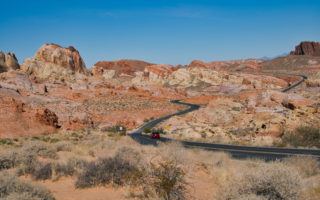
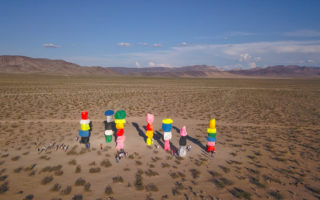
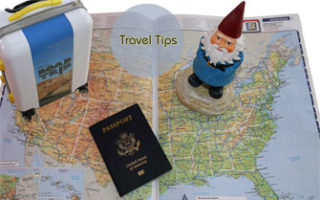
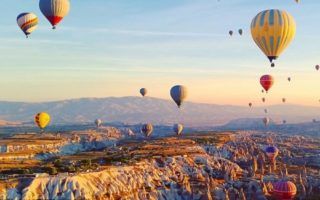
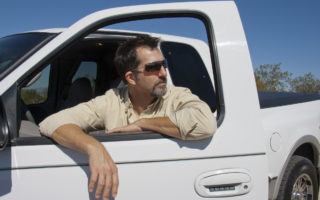
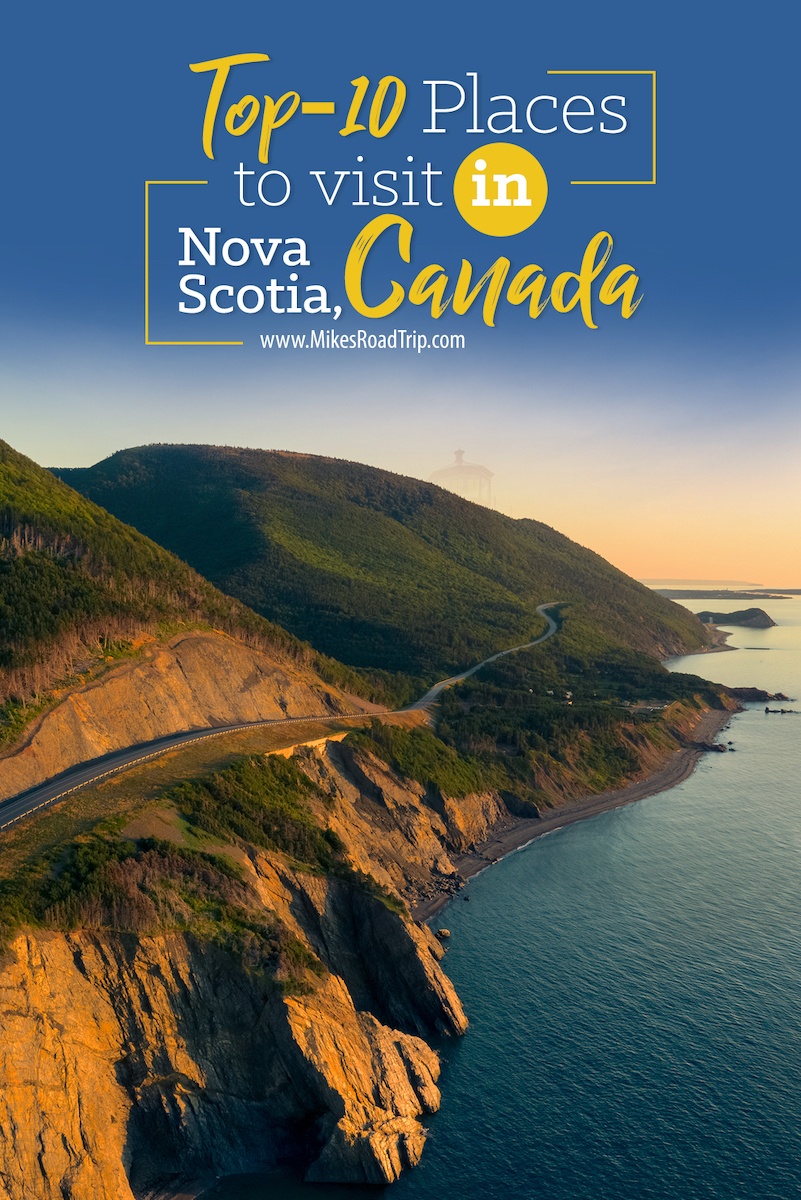
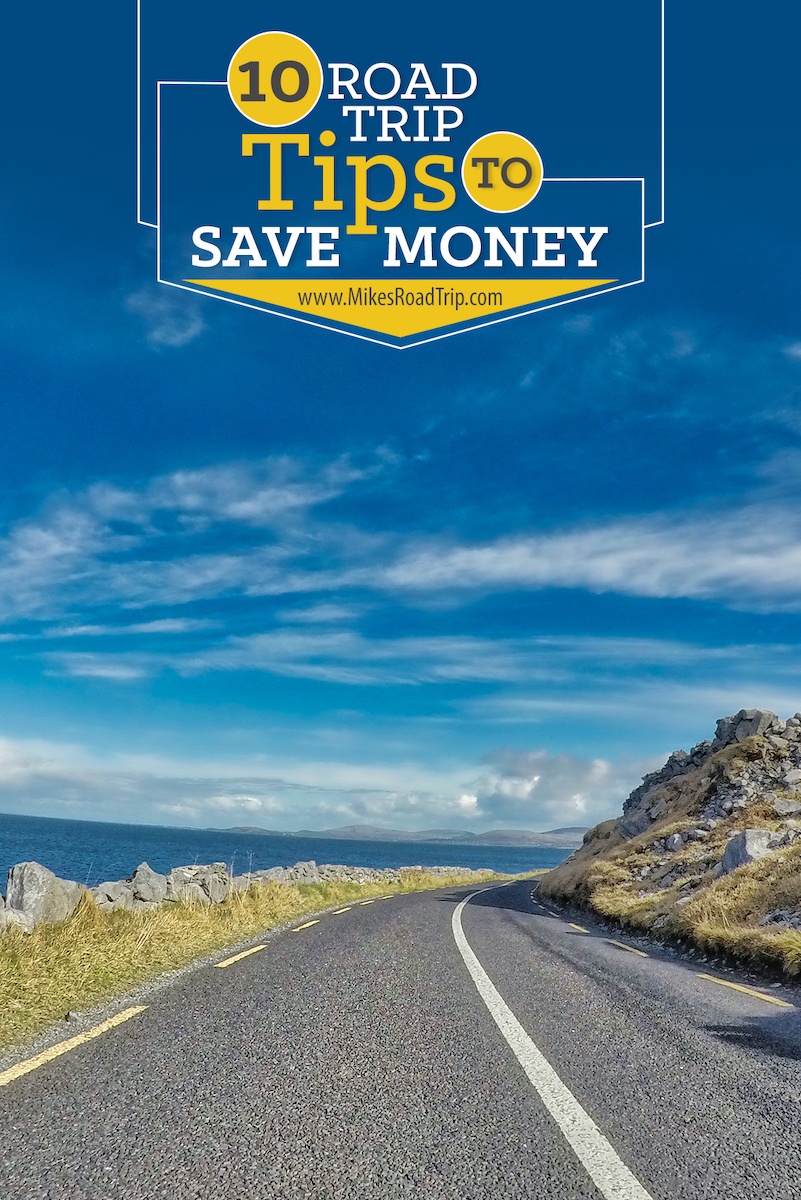
![Top-5 Best Places to visit in Belgium beyond Brussels [video included]](https://mikesroadtrip.com/wp-content/uploads/2020/07/Pin-6b.jpg)
![Top-10 Most Interesting Facts about Arizona [Video Included]](https://mikesroadtrip.com/wp-content/uploads/2020/07/Pin-2.jpg)
